I’ve been fortunate to own the Sony FE 100-400mm 4.5-5.6 GM OSS lens (SEL100400GM) since it was launched back in July 2017. Since then I’ve shot a good mix of sport, wildlife and a little aviation with the lens mounted to my Sony a6500, a7R III, and a9 cameras.
Now, I know that MTF charts serve a useful purpose in evaluating lens performance, but I’m afraid you won’t find any in this review, nor will you find any images of my bookcase. So if this is what you are looking for, I’m sorry to disappoint you so early on!
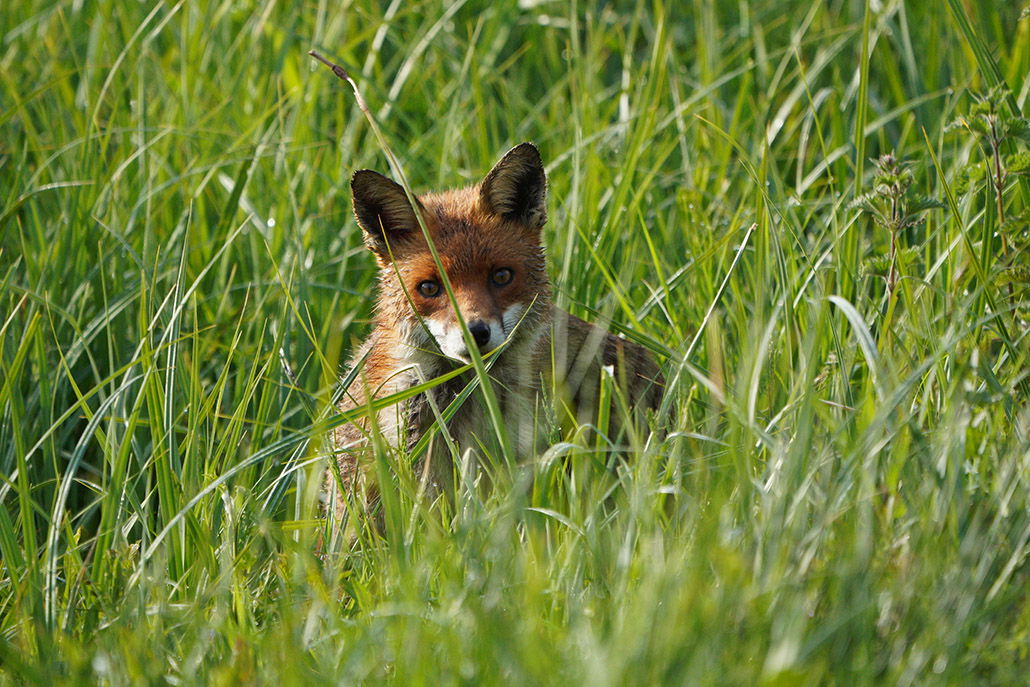
However, if you would like to learn about how this lens performs in the real world, and view a variety of shots from environments that this lens was actually designed to be used in, then please keep scrolling.
Table of Contents[Hide][Show]
- Lens Overview
- Key Specs
- Build Quality
- Handling
- Focus Acquisition Speed and Accuracy
- Lens Sharpness and Contrast
- Bokeh
- Vignetting, Chromatic Aberration, and Flare Control
- Low Light Performance
- An Excellent Macro Lens
- Performance with 1.4x Teleconverter
- Performance with 2x Teleconverter
- Compared To
- Summary
- Before You Go
- More Sample Images
Before we go any further I have one question for you: Are you are reading this review on a small mobile device? If so, please stop right now. It’s very difficult to review images on such a tiny screen, so if you are seriously considering purchasing this lens, I’d recommend that you continue reading on something a little larger.
Lens Overview
The introduction of the Sony FE 100-400mm f/4.5-5.6 GM OSS lens finally filled a substantial gap in Sony’s E-mount lens line up, and has provided Sony sports and wildlife photographers a serious piece of glass to freeze action and capture spectacular moments from afar.
The lens has a focal range of 100-400mm on full frame cameras like the Sony a7 series and a9, but mount this lens to your APS-C camera like the a6000/a6300/a6500 and you’ll now have a 35mm equivalent focal range of 150-600mm, which is quite the reach!
The lens is also compatible with the Sony FE 1.4x and 2.0x teleconverters, helping to extend its reach up to 560mm with the 1.4x and up to 800mm with the 2x. I’ll be talking about just how well these teleconverters perform a little later on in this review.
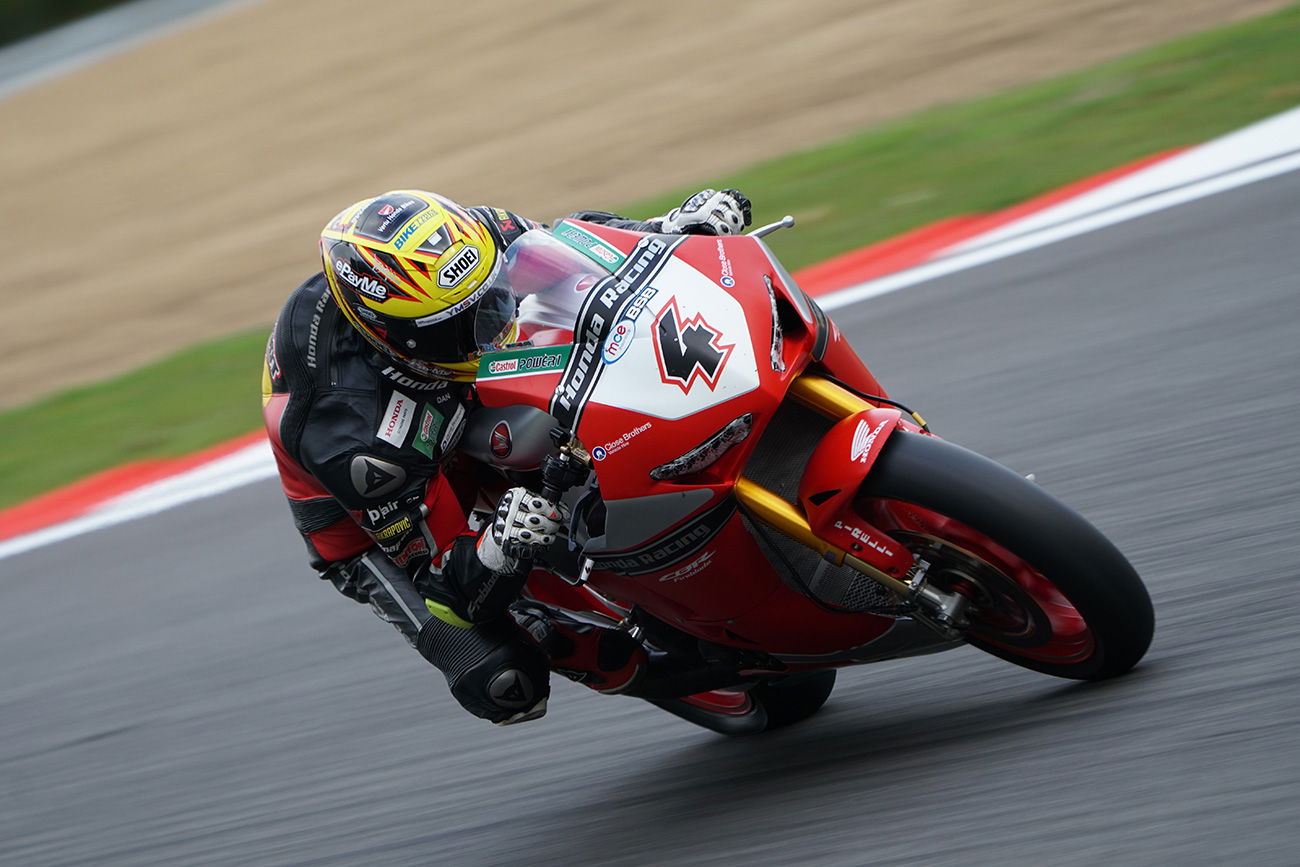
a6500 @ 345mm | 1/250 | f/5.6 | ISO 400
The lens is comprised of 22 elements in 16 groups, with two extra-low dispersion (ED) glass elements and one super-ED element that help to keep chromatic aberrations to a minimum. A nano AR coating suppresses internal reflections to minimise flare and ghosting, while a fluorine coating on the front element repels grease, water and fingerprints.
As well as the lens itself, inside the box you will also find a padded zipped bag and strap, as well as the large ALC-SH151 lens hood.
This is by no means a cheap lens, and you will need to find around $2500 or £2500 if you would like to mount this piece of glass to your camera. The Sony badge certainly carries a premium compared with the Canon 100-400mm, which is closer to the $2000/£2000 mark.
Key Specs
- Optical SteadyShot Image Stabilization
- Linear motor and Direct Drive SSM (DDSSM)
- Sony Nano AR coating to eliminate flare and ghosting
- Circular 9-blade aperture for beautiful defocus effects
- Dust and moisture resistant design
- Minimum focus distance: 3.22 ft/0.98 m
- Maximum magnification: 0.35x
- Filter diameter: 77mm
- Weight: 1395 g (without tripod mount) or 1476g (with tripod mount)
- Length: 205mm (smallest) 285mm (maximum)
- Height: 93.9mm
You can find the full lens specifications on Sony’s website.
Build Quality
Unpacking this lens soon reveals why this lens carries the price tag that it does. I can’t personally compare it to the build quality of the Canon or Nikon equivalents since I’ve never used them, but I can compare it to both the Sony FE 70-200mm F4 G and the FE 70-300mm F3.5-5.6 G lenses and will say that it is definitely a step up in build quality, as it should be since it carries the G ‘Master’ badge.
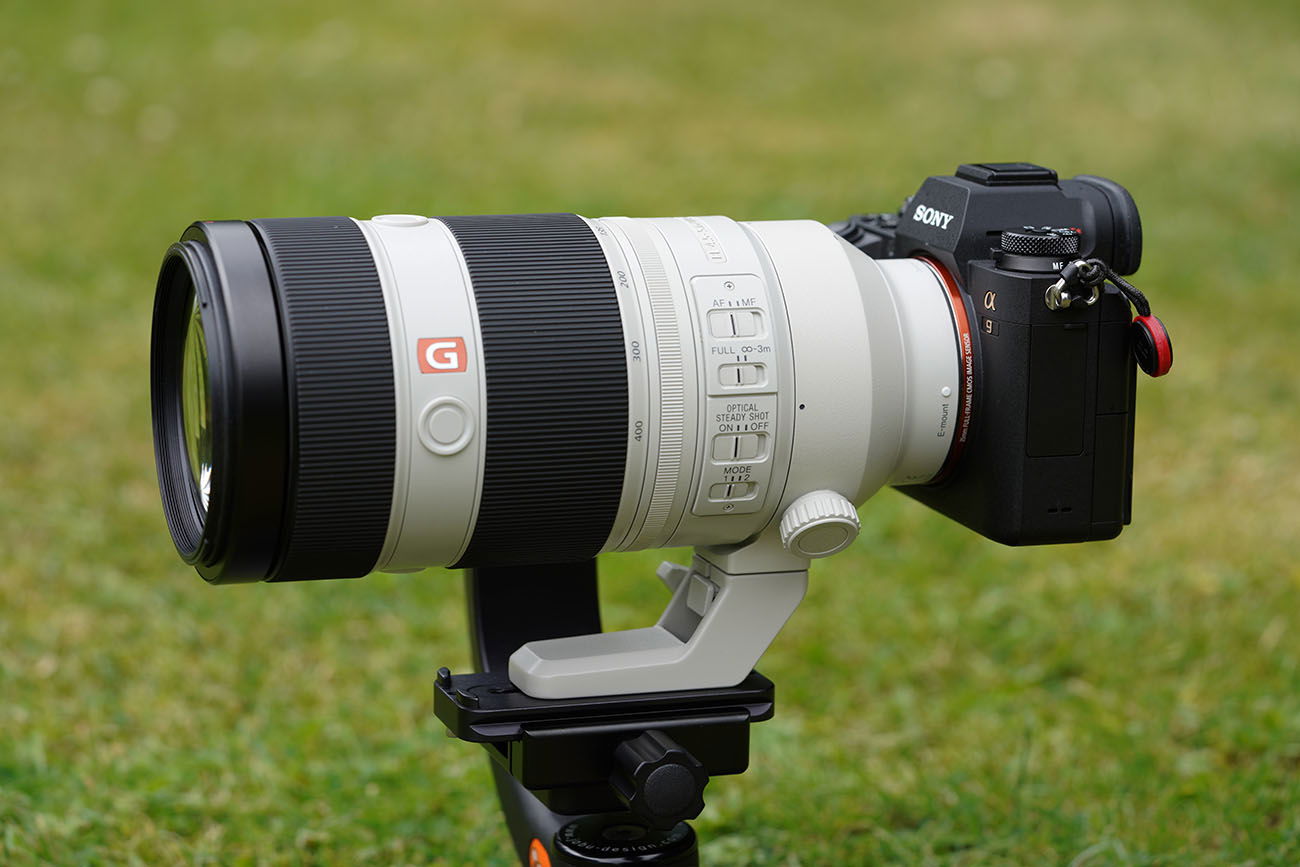
Sony has made use of magnesium allow components for high durability and to keep the weight down, a Nano AR coating to help reduce flare and ghosting, and also added seals to help keep dust and moisture out. I’ve used this lens in both light and heavy showers, and so far have suffered no water ingress into either the lens itself or the camera I was using at the time.
You can see the rubber seal around the lens mount in the below image. You’ll also notice that the rear lens element is recessed into the lens body, this allows either the 1.4x or 2.0x teleconverters to be attached. Currently they are only supported on the 100-400 GM and 70-200 GM lenses, and they will not physical fit any other E-mount lens.
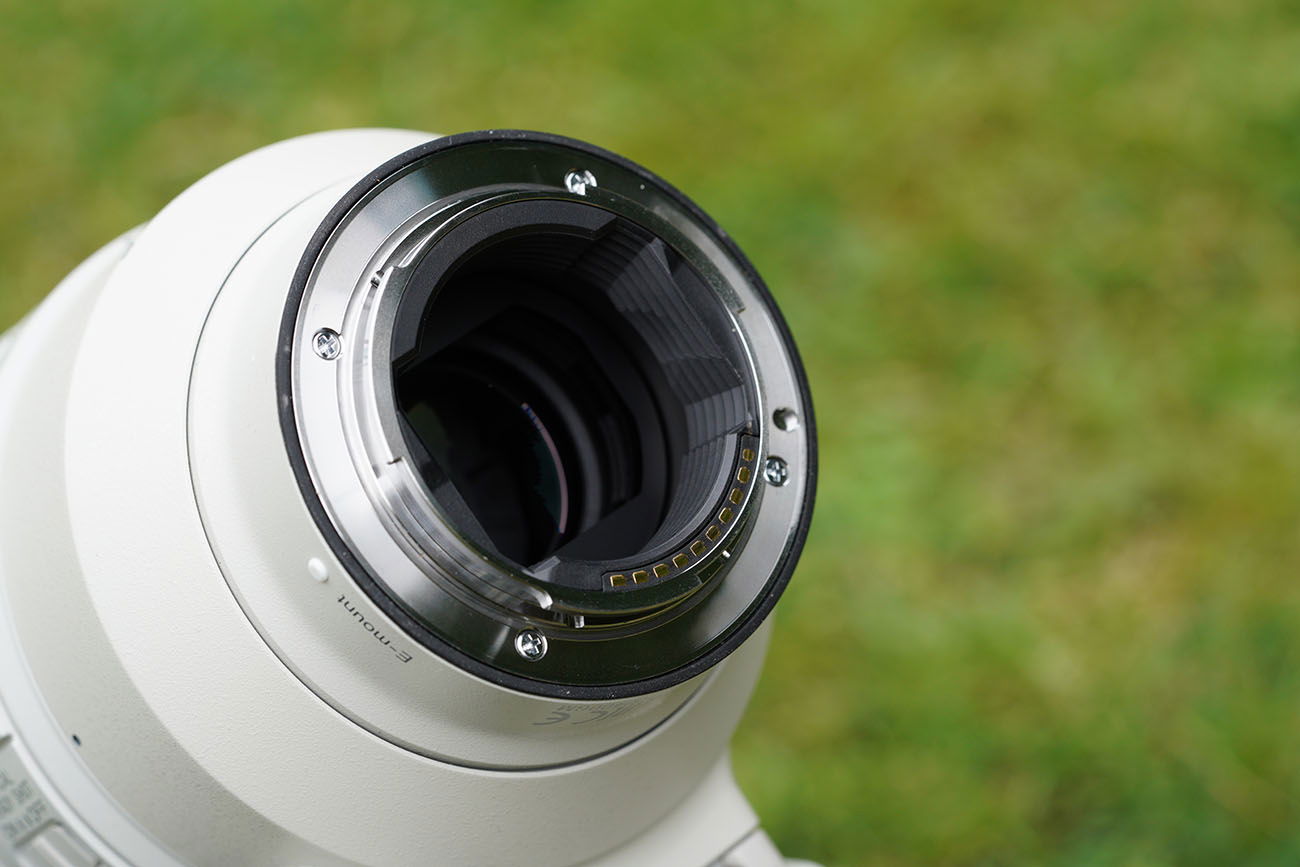
The lens is fairly compact and lightweight. It’s about 1cm longer than Sony’s A-mount equivalent, the 70-400mm f/4-5.6 G SSM II, and over 100g lighter. It’s also 159g lighter than the Canon EF 100-400mm f4.5-5.6 L IS II USM lens with the tripod mount attached.
At the front of the lens you will find a 77mm filter thread, as well as the mount for attaching the large bayonet style lens hood (ALC-SH151). The hood is made from thick plastic and features black matting on the inside to help prevent reflections. The hood attaches firmly to the lens with a simple twist to lock action, and is removed again with a press of a release button and a twist, there is no chance that this hood will be detaching itself!
The ALC-SH151 hood also features a small hatch to allow you to rotate a circular polariser without detaching the hood, although as yet I’ve not attached a polariser to test how well this works.
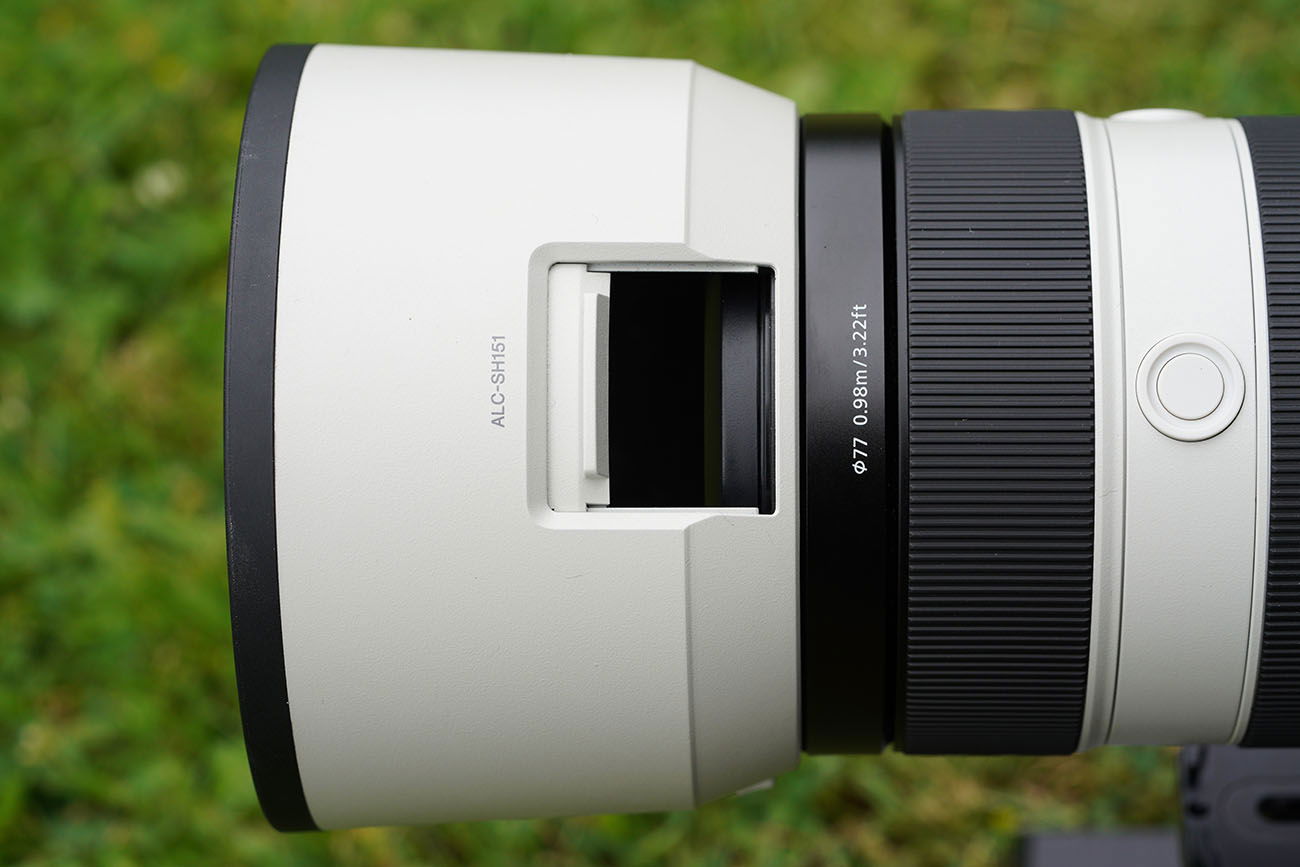
Moving towards the back of the lens barrel you will find the lens collar that holds the tripod mount foot. Loosening the small wheel allows it to rotate smoothly for use in both portrait and landscape positions, or anywhere in-between (I really enjoy playing with different angles, especially when shooting superbikes if I’m using a monopod). You can also detach the foot completely if you wish for convenient transport and storage, removing the foot also exposes a 1/4-20 thread for attachment to other mounts.
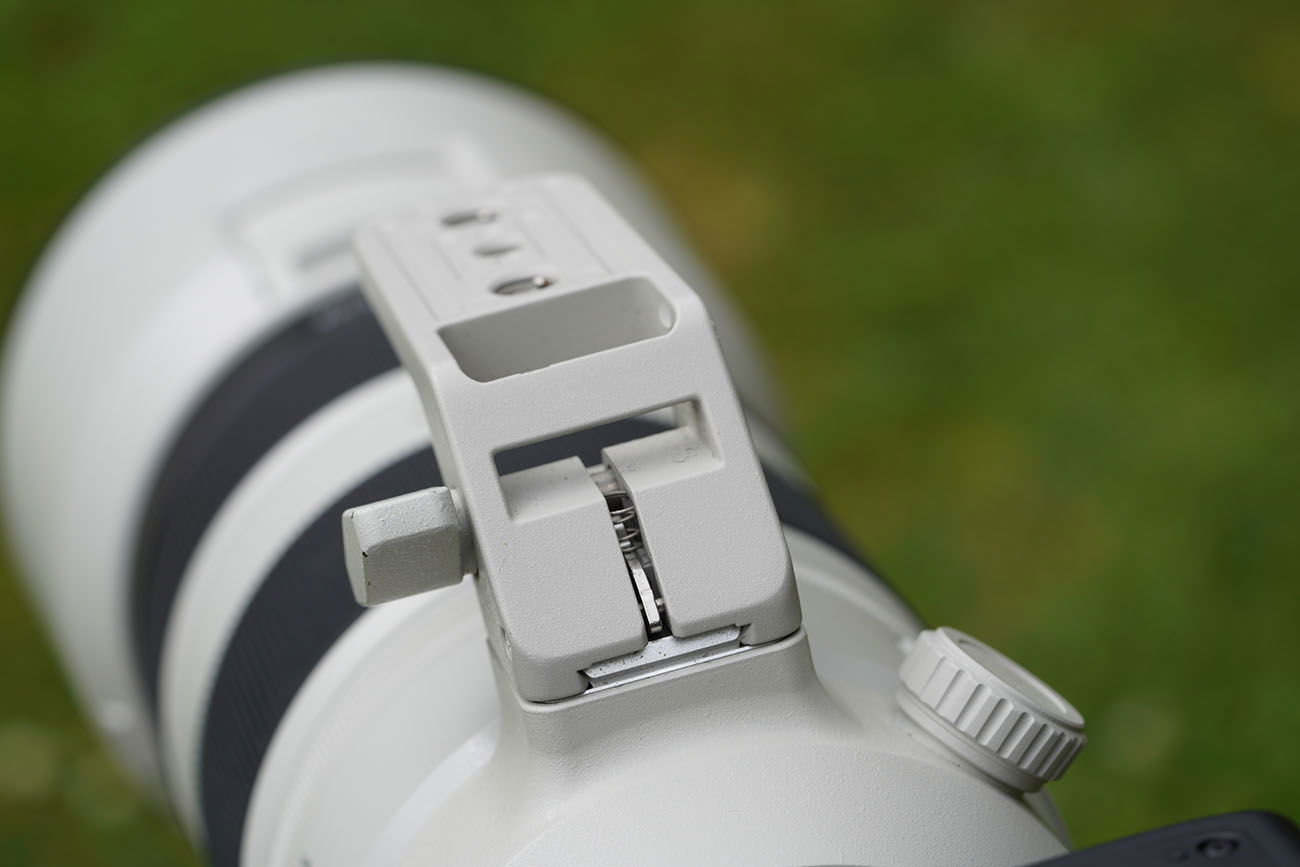
Finally there is a 77mm lens cap (ALC-F77S) that features the standard pinch grip. Thankfully unlike many of Sony’s lens caps, this one attaches and detaches firmly the first time.
Handling
The lens feels fairly well balanced when attached to both my Sony a7R III and a9. Needless to say when attached to my much smaller Sony a6500 this balance goes out of the window, but since you will be supporting the lens with one hand anyway, it’s not really a big deal and you soon get used to it. I’ve often spent 8 hours shooting with the a6500 + 100-400 GM and have never once felt that this combination doesn’t work.
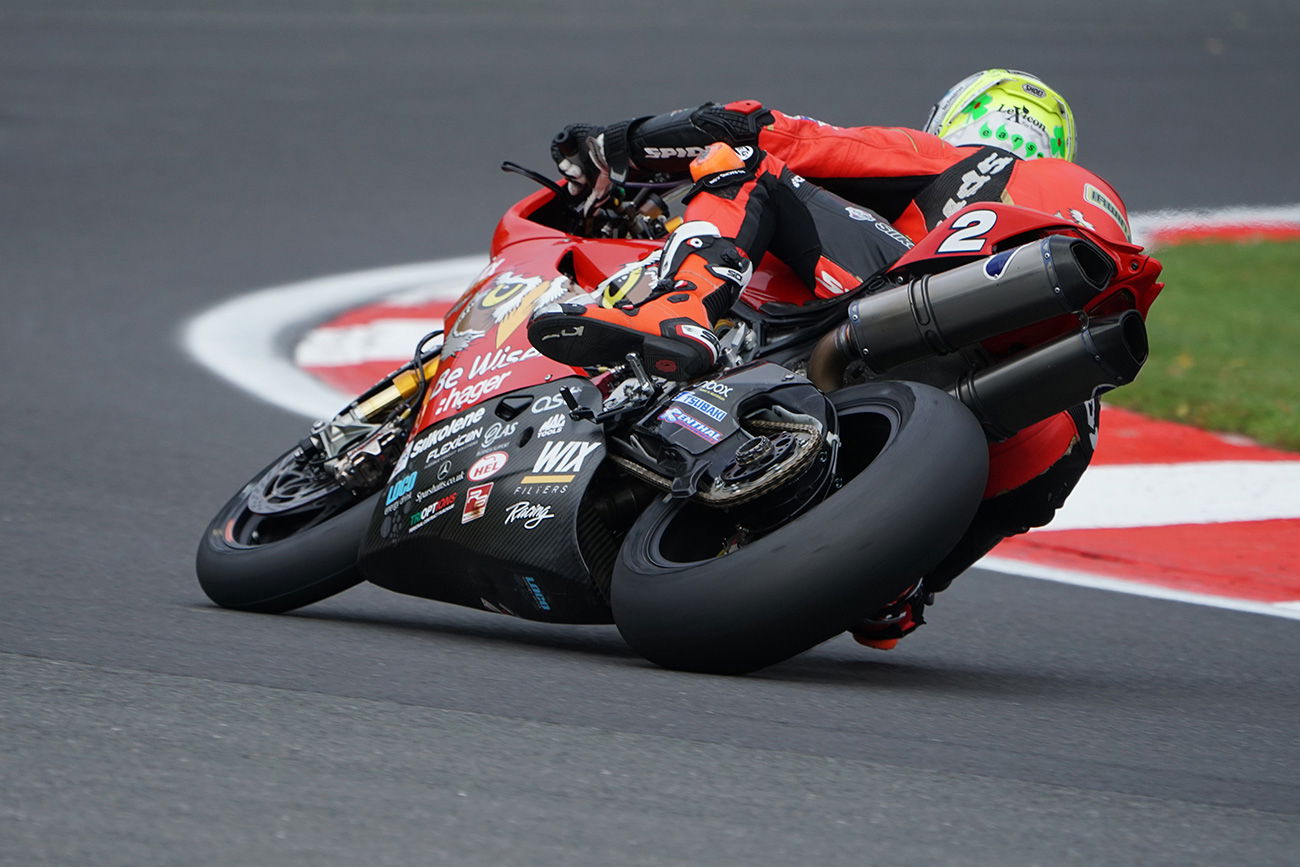
a6500 @ 400mm | 1/800 | f/5.6 | ISO 500
Even when the lens barrel is extended it still feels well balanced. Here are a couple of images of the lens with the barrel extended fully at 400mm and also at its most compact size when at 100mm. For those interested, the lens here is mounted to my Jobu Design Jr. 3 Gimbal Head and a Neil Neville Hide Base Plate.
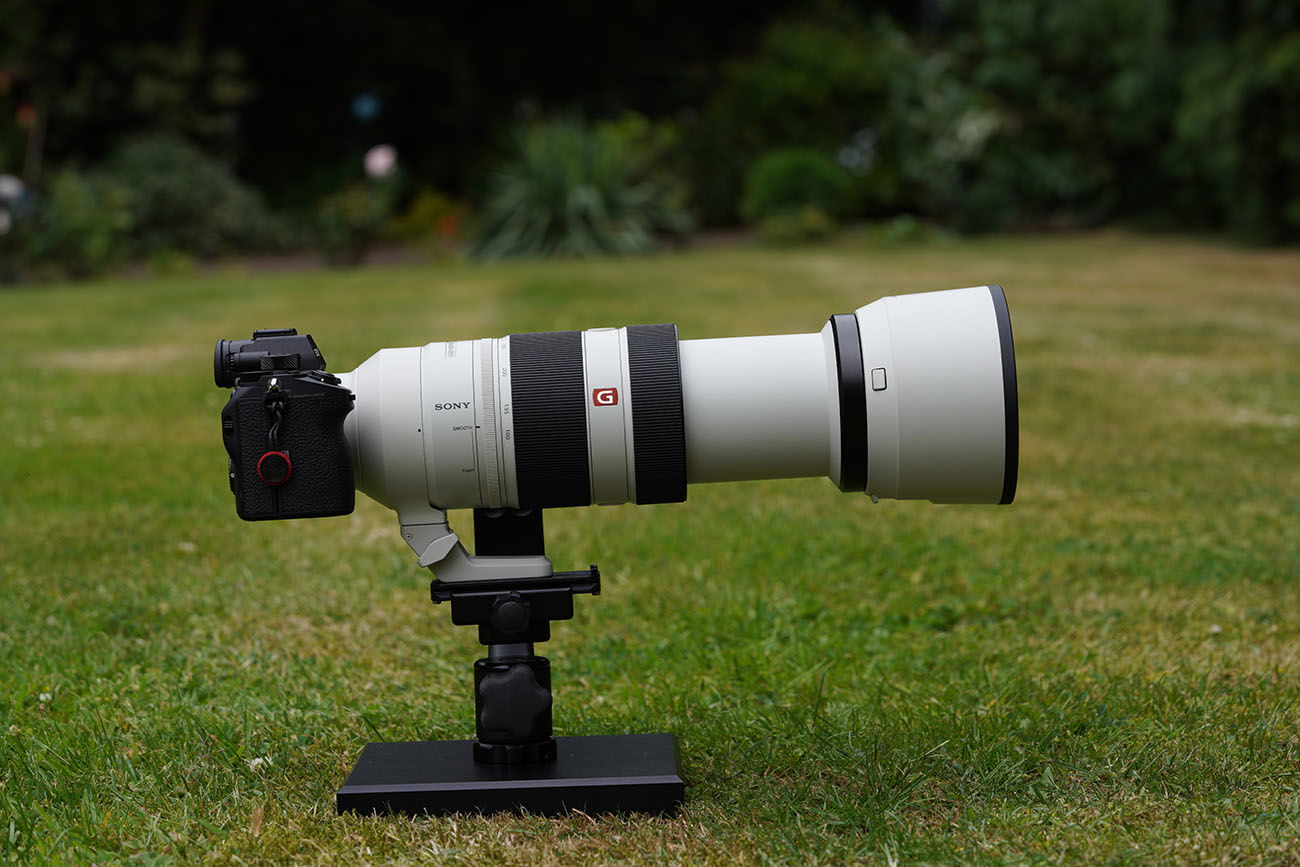
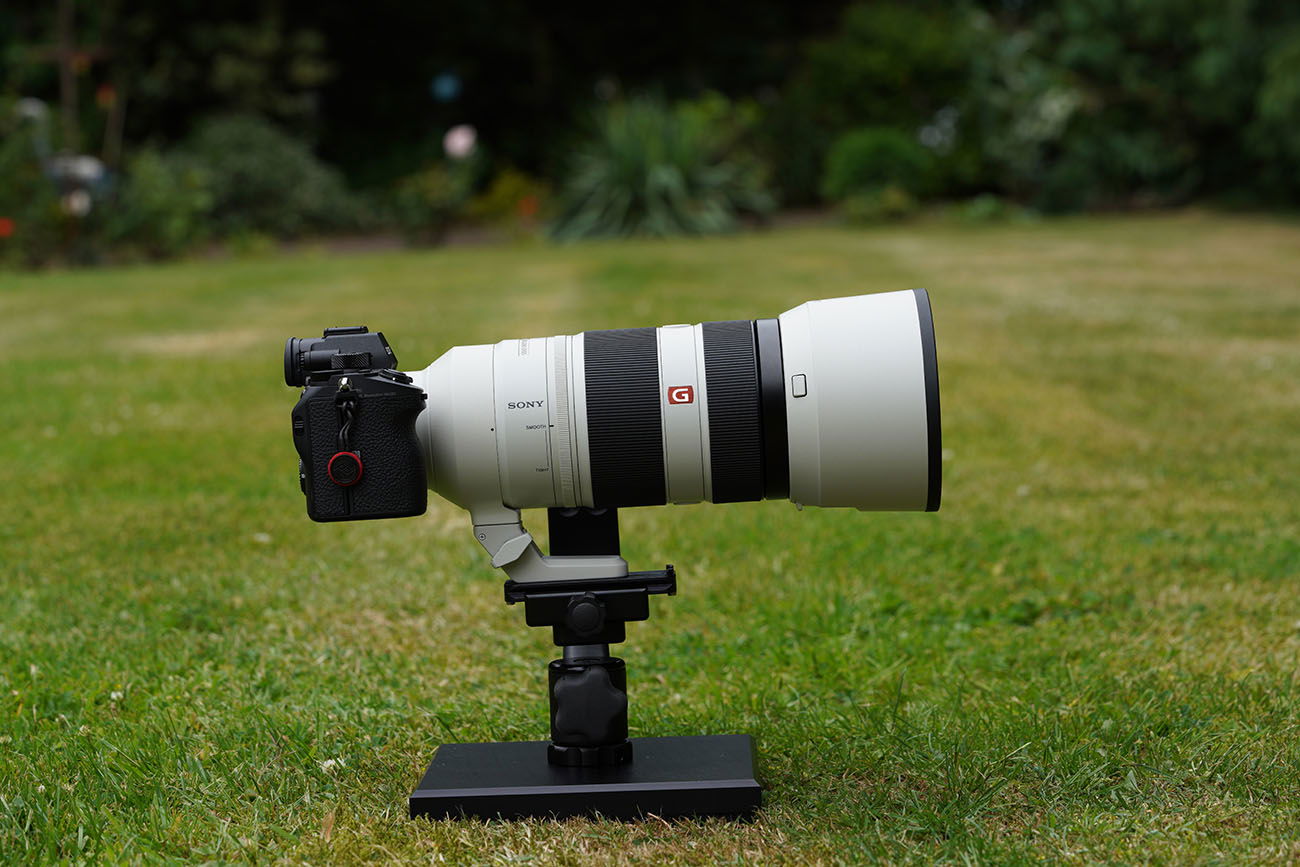
As with most zoom lenses, there are both zoom and manual focus twist-rings on the barrel, as well as a number of buttons and switches. The zoom ring rotates 90 degrees between the lens’ shortest position of 100mm and its maximum extension at 400mm, making it very easy to zoom fully in and out with a single twist.
This is the first Alpha lens to include a zoom smoothness adjuster that provides mechanical control of zoom ring torque. I usually have this set to smooth most of the time, making it very easy to zoom in and out quickly and smoothly. When it is set to smooth the lens will extend under it’s own weight if you let it hang from a neck strap, change it to tight and there is still a little creep if walking about. There is unfortunately no lock switch, but to be honest I’ve not missed having one.
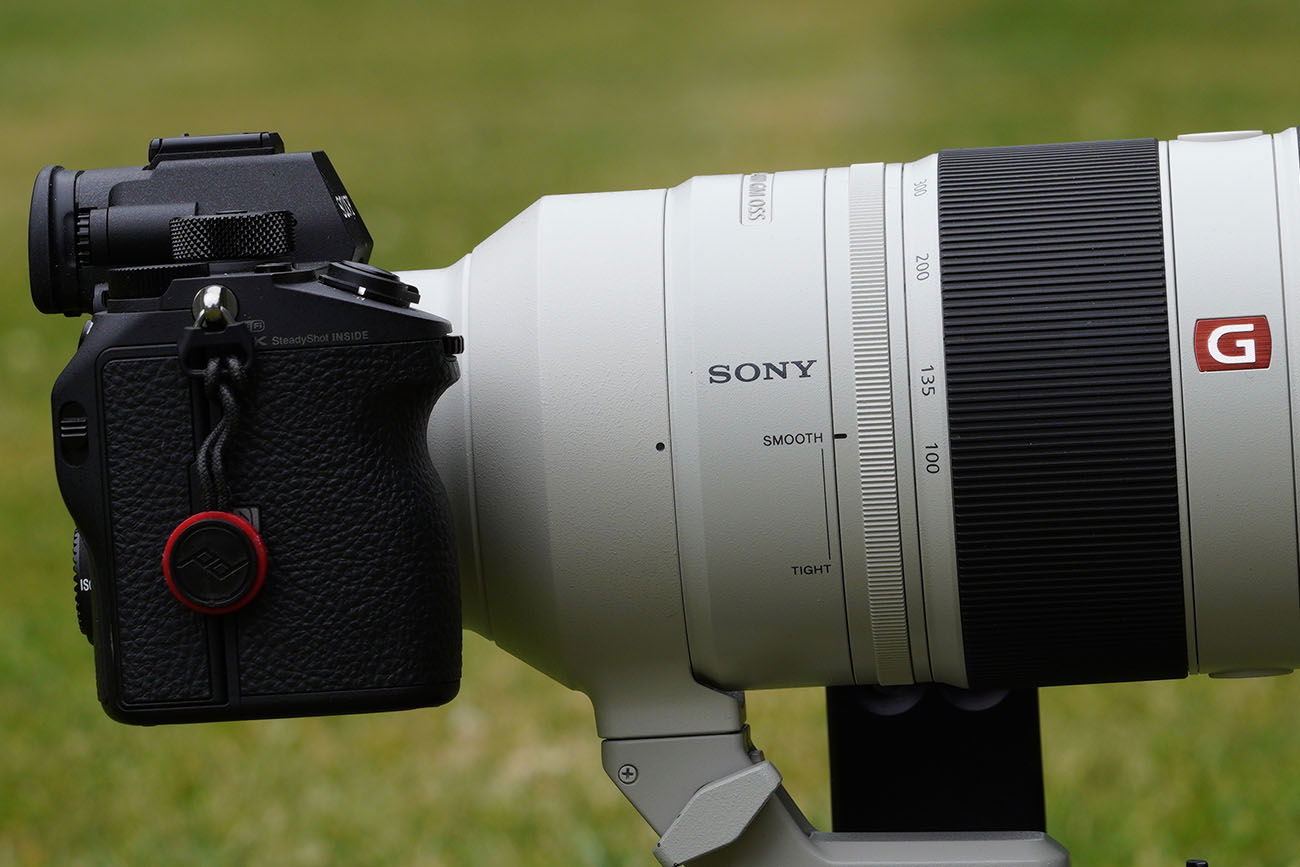
My only wish would be for a torque adjustment option for the focus ring as well, as I find this to be a little too loose for my liking. There is definitely not as much resistance as on the other Sony lenses that I own, and it’s very easy to knock the focus out when shooting in manual focus. I don’t know if this is a fault with my lens, or if this is how it has been designed. I’d ideally like to get my hands on another lens to see how they compare.
You will also find an array of switches on the side of the lens, these include: AF/MF switch, AF distance limiter to reduce focus searching to 3 meters and greater, OSS (Optical Steady Shot) on and off switch which also overrides the build in IBIS of your camera if present, and the panning mode switch. When set to mode 1 you get both vertical and horizontal stabilization, switching to mode 2 just gives you just vertical stabilization so you can pan horizontally and still get lovely sharp images.
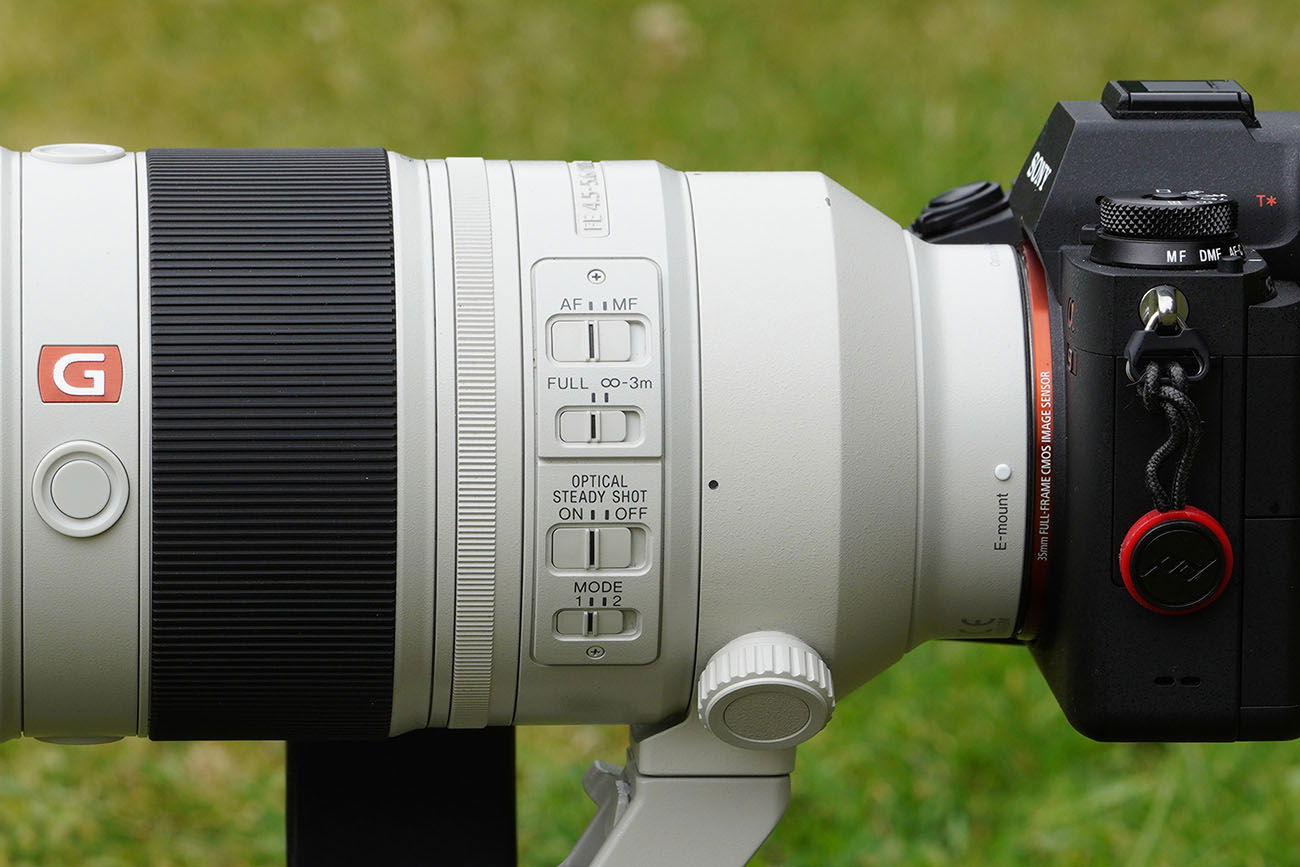
There are also 3 ‘focus hold’ programmable buttons located between the focus and zoom ring controls, all of which can be customized in-camera for pretty much any function that you like.
Focus Acquisition Speed and Accuracy
Providing you have good light then you will find the auto-focus to be both incredibly fast, deadly accurate, and virtually silent, which is rather important for shooting fast moving subjects. Of course, auto-focus speed will vary a little depending on which camera you are using, but even when attached to my old a6000 this lens still focuses faster than many of the other Sony zoom lenses that I own (quite a few).
The lens has no difficulty in tracking subjects that are moving towards or away from the camera when you are shooting in continuous focus mode. It certainly had no trouble at all keeping track of this Hawk doing 400+ MPH through the mountainous landscape of North Wales.
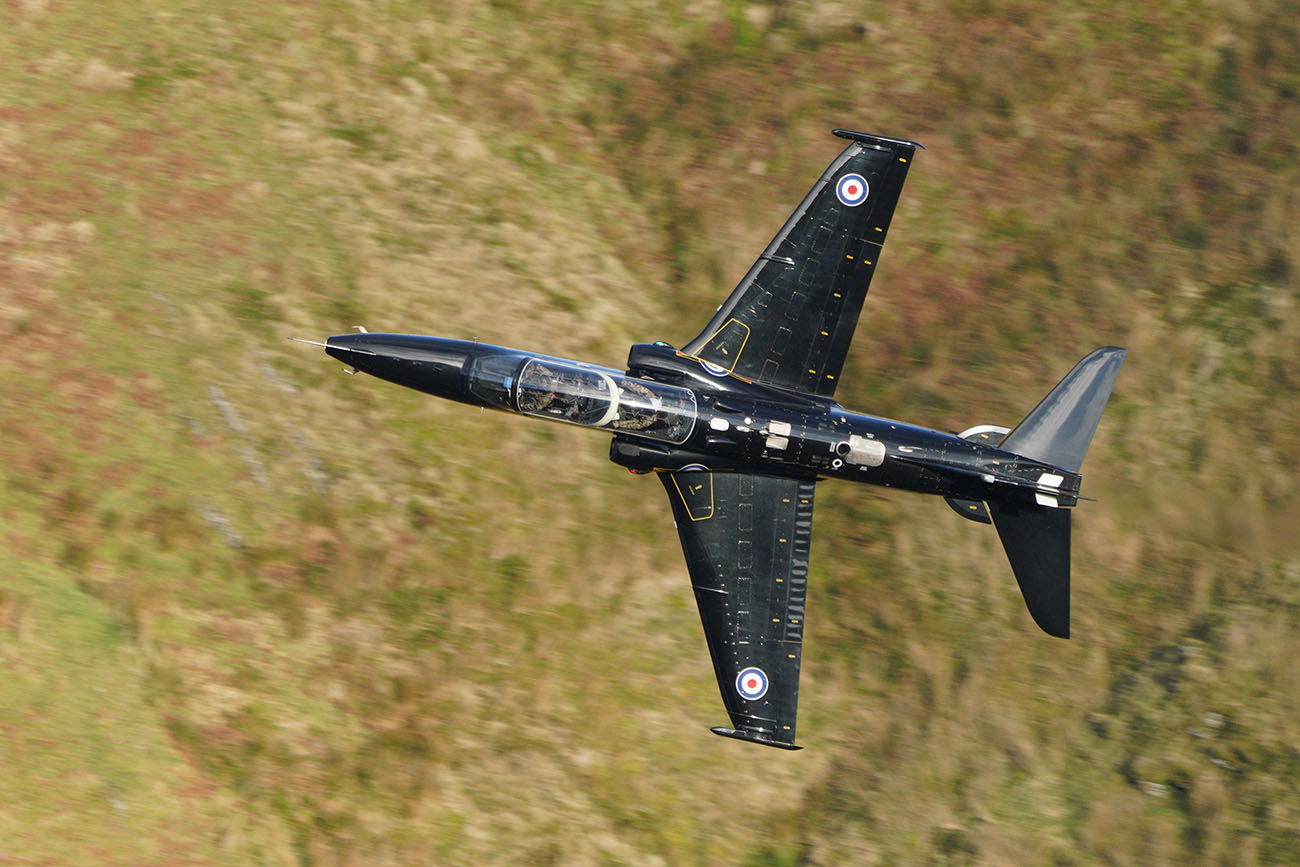
a7R III @ 400mm | 1/1000 | f/5.6 | ISO 500 | Cropped | *Full Resolution Download: JPEG | RAW
Sony has achieved this by using a combination of double linear motor and DDSSM (Direct Drive SSM) drive systems, and it is the first of its kind. It also implements precision sensors that provide real-time feedback for extremely high positioning accuracy, allowing the body’s AF system to perform at its best.
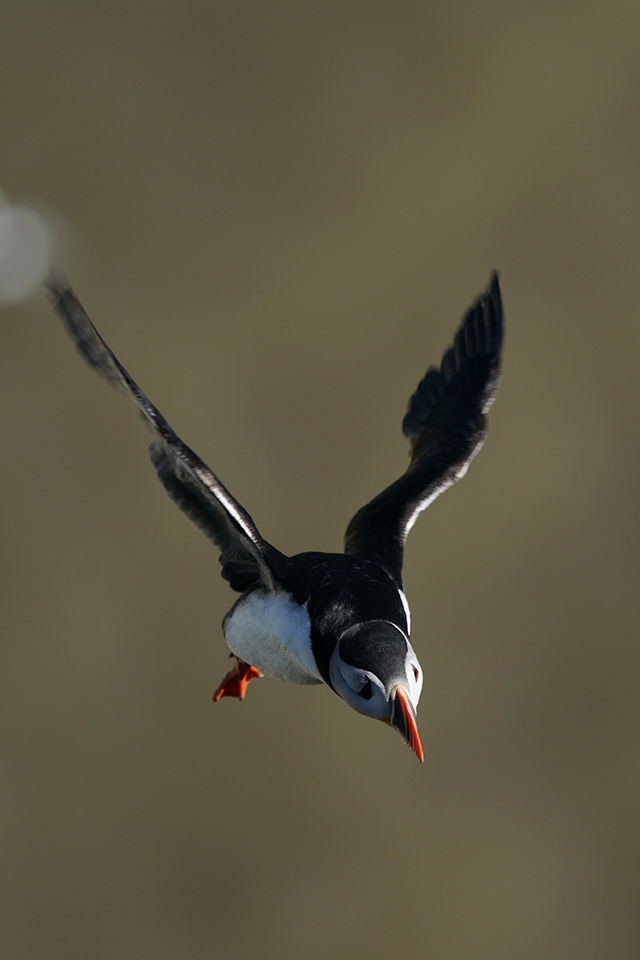
If you enjoy shooting birds in flight like this puffin at Bempton Cliffs on the east coast of Yorkshire, then the poor birds will have no chance! But you will be cursing yourself later when you are spending hours deliberating over which ones to keep.
a9 @ 400mm | 1/1250 | f/5.6 | ISO 320 | Cropped | *Full Resolution Download: JPEG | RAW
Lens Sharpness and Contrast
I’ve not done any specific sharpness or contrast testing, all I can go off is the images I’ve shot and how pleased I am with them. Here’s a shot of a beautiful kingfisher. Make sure you download the jpeg to see the impressive detail that this lens retains.
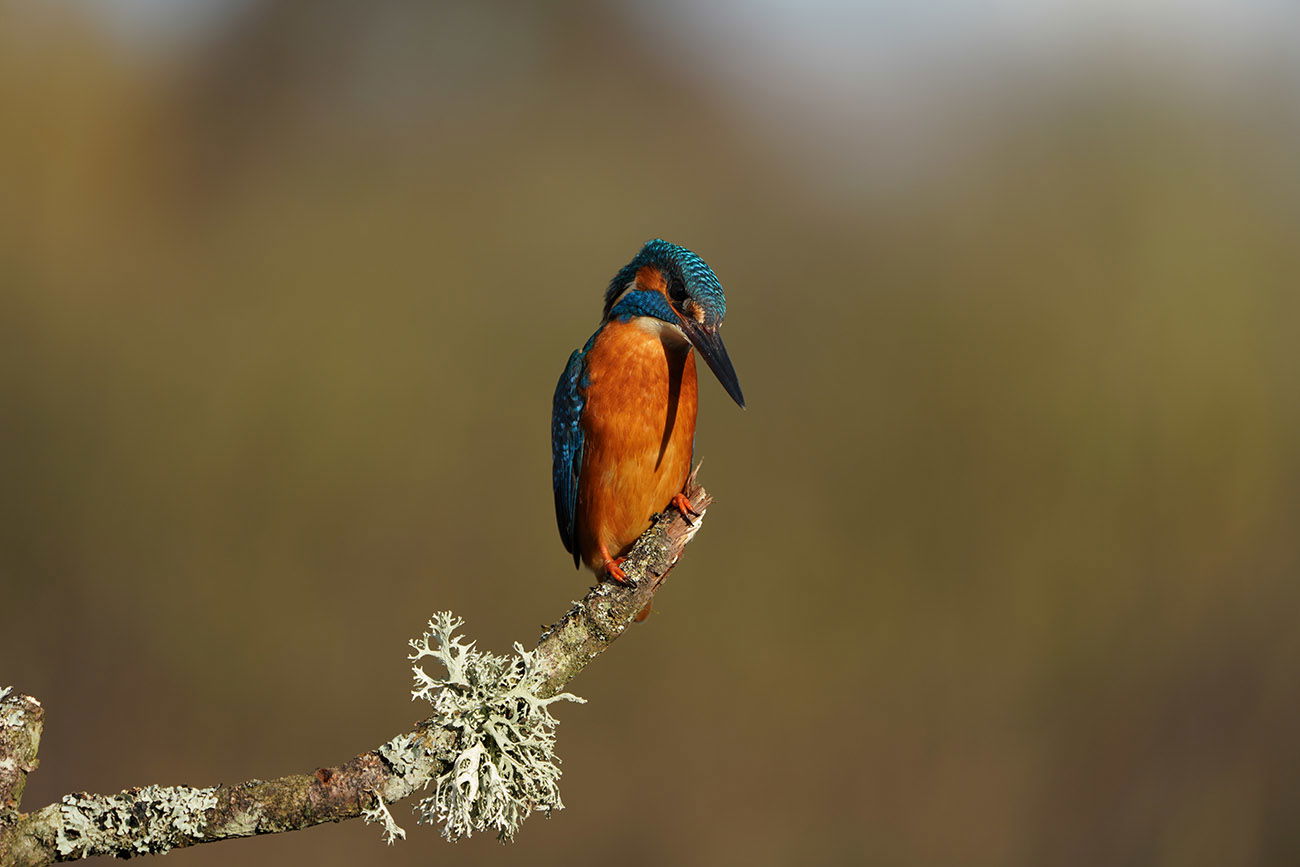
a7R III @ 400mm | 1/400 | f/5.6 | ISO 100 | *Full Resolution Download: JPEG | RAW
If you care for DxOMark tests, then you’ll be happy to know that they rate the sharpness of the Sony 100-400mm GM lens very highly indeed. Here’s what they had to say about the lens compared with Canon’s offering:
Compared to the Canon EF 100-400mm 4.5-5.6L IS II, which has very similar specifications, the Sony FE 100-400mm F4.5-5.6 GM OSS surpasses it in overall performance, even if it doesn’t quite have the excellent uniform performance of the Canon over the focal range. Still, the Sony delivers significantly higher sharpness levels at both ends of the zoom range when wide-open, including the vaunted 400mm focal length and matches it in-between. Stopped down, the Sony is sharper at every focal length. In terms of lens transmission, the Sony is slightly slower at T5.9 versus T5.6; and the Canon has slightly lower levels of distortion and chromatic aberration overall. However, all these things are relative, and the Sony offers better overall image quality at a similar price.
You can read the full DxOMark review here.
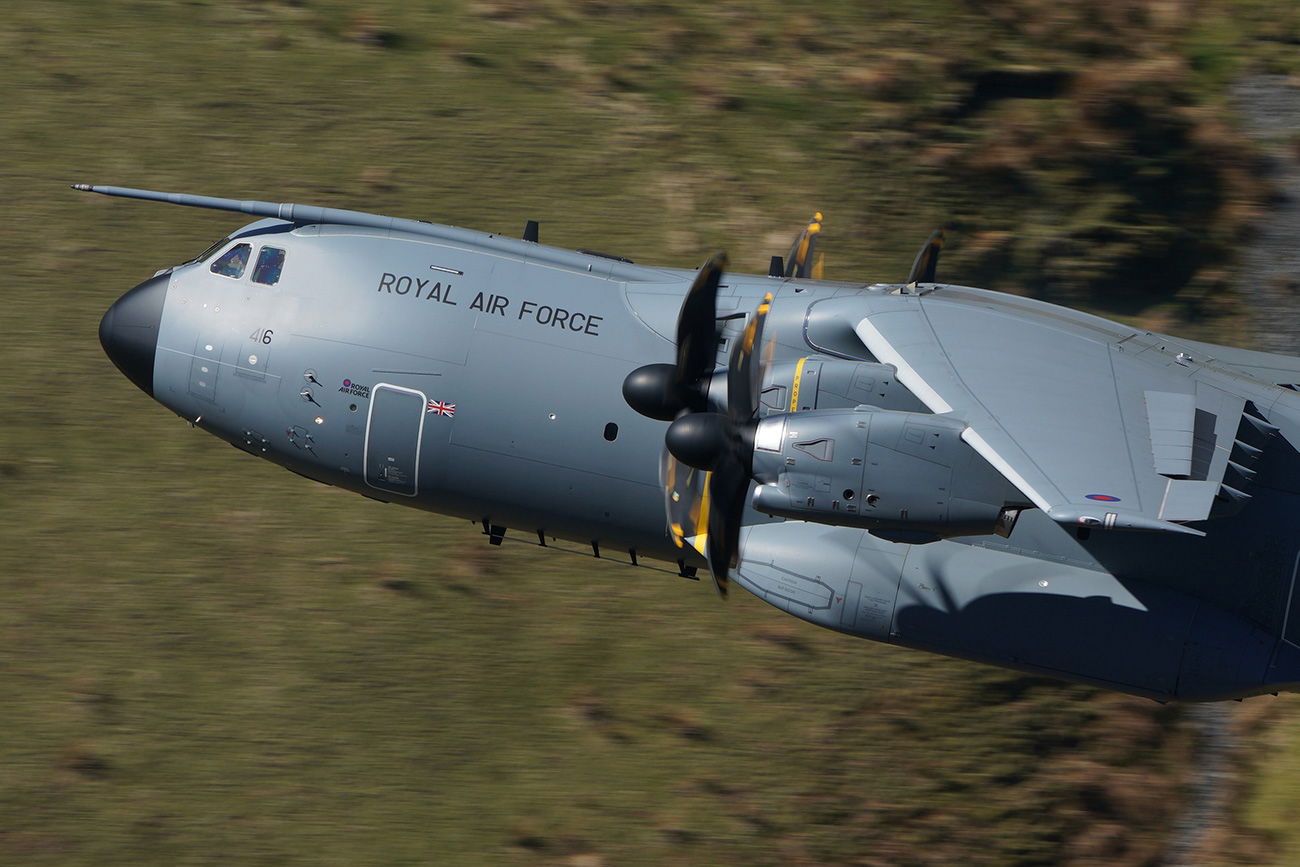
Here’s a shot of an RAF Airbus A400M flying through the Mach Loop in North Wales. Possibly not the best shot to assess the sharpness since I shot it at 1/250sec for some prop blur and was panning, but as you can see, even at this slower shutter speed the image is still nice and sharp.
a9 @ 226mm | 1/250 | f/10 | ISO 100 | Cropped *Full Resolution Download: JPEG | RAW
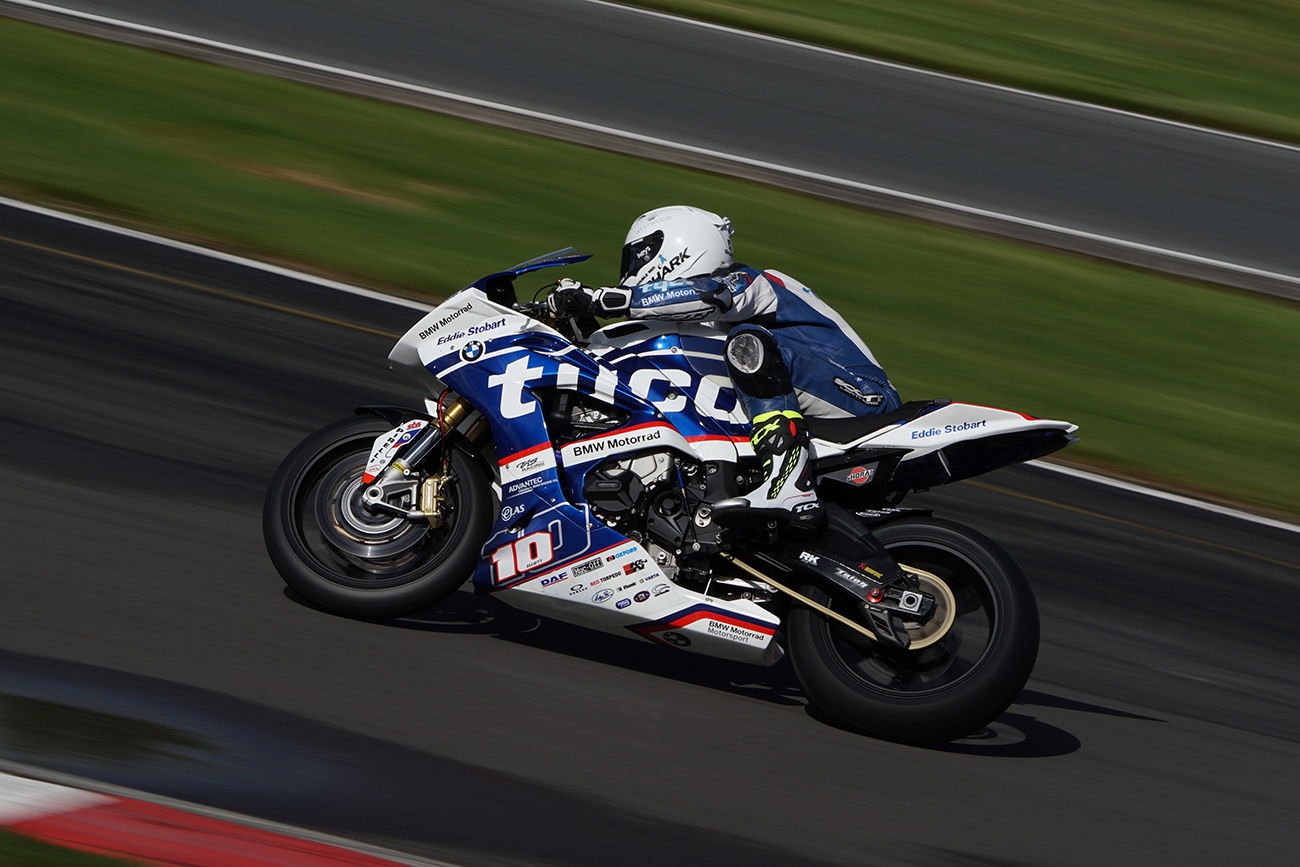
This superbike was also shot at a slower shutter speed to ensure I kept some movement in the wheels. Even when pushing the aperture to f/18 (it was a sunny day), and the a6500 having to make use of contrast detection at this aperture, the lens tracked and nailed the shot I was looking for.
a6500 @ 241mm | 1/200 | f/18 | ISO 100
Bokeh
Bokeh is certainly very subjective, and with a maximum aperture of f/4.5 at 100mm and f/5.6 coming in already at around 164mm, you won’t get the same beautiful bokeh that the 70-200mm F2.8 GM produces. However, the bokeh to my eyes at least is still very pleasing and works well to separate your subject from the background. Here are some examples so that you can decide for yourself.
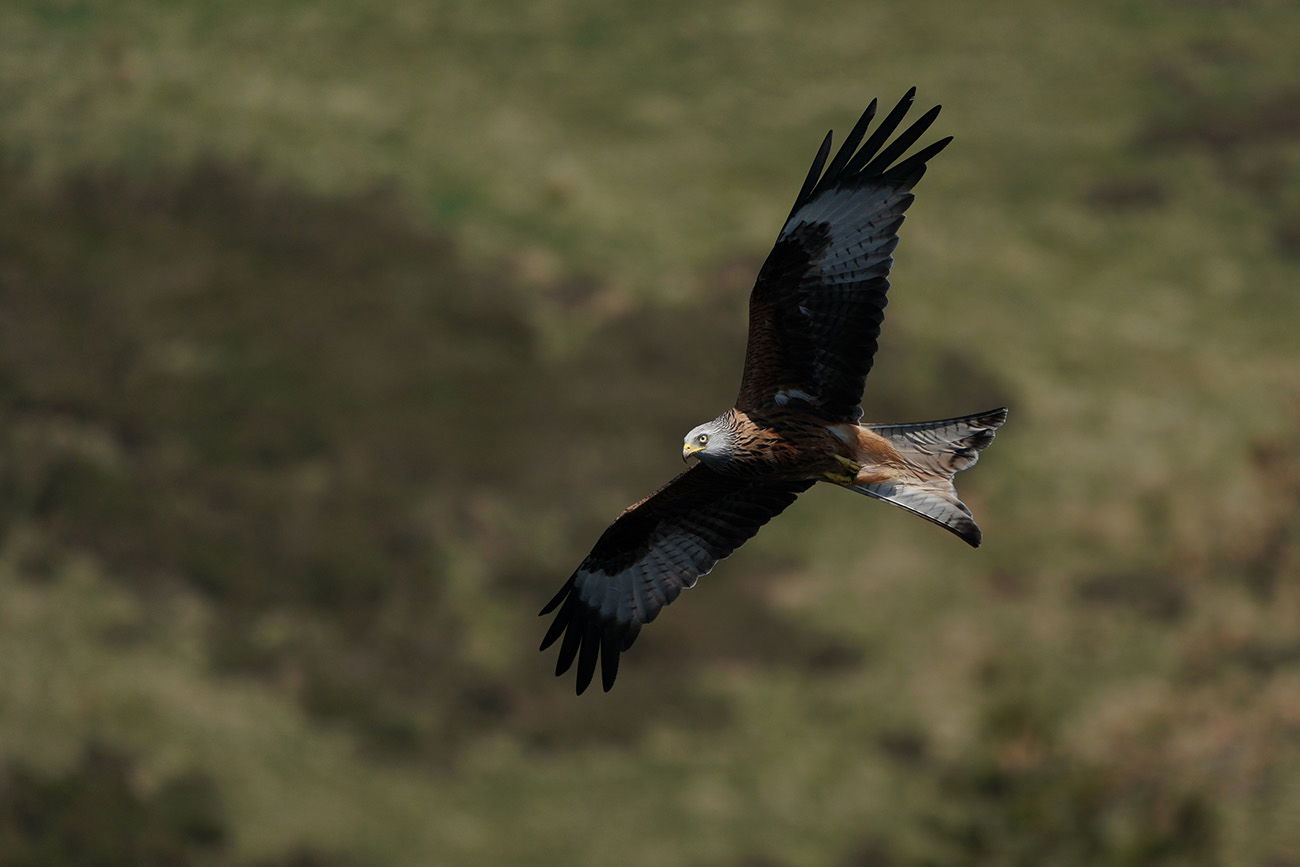
At the Bwlch Nant Yr Arian feeding station in Wales hundreds of kites turn up for feeding time, presenting you with ample opportunities to get some great shots. I highly recommend a visit if you are ever in the area. As you can see, the background is nicely blurred helping the kite to standout.
a9 @ 400mm | 1/1600 | f/5.6 | ISO 200 | Cropped | *Full Resolution Download: JPEG | RAW
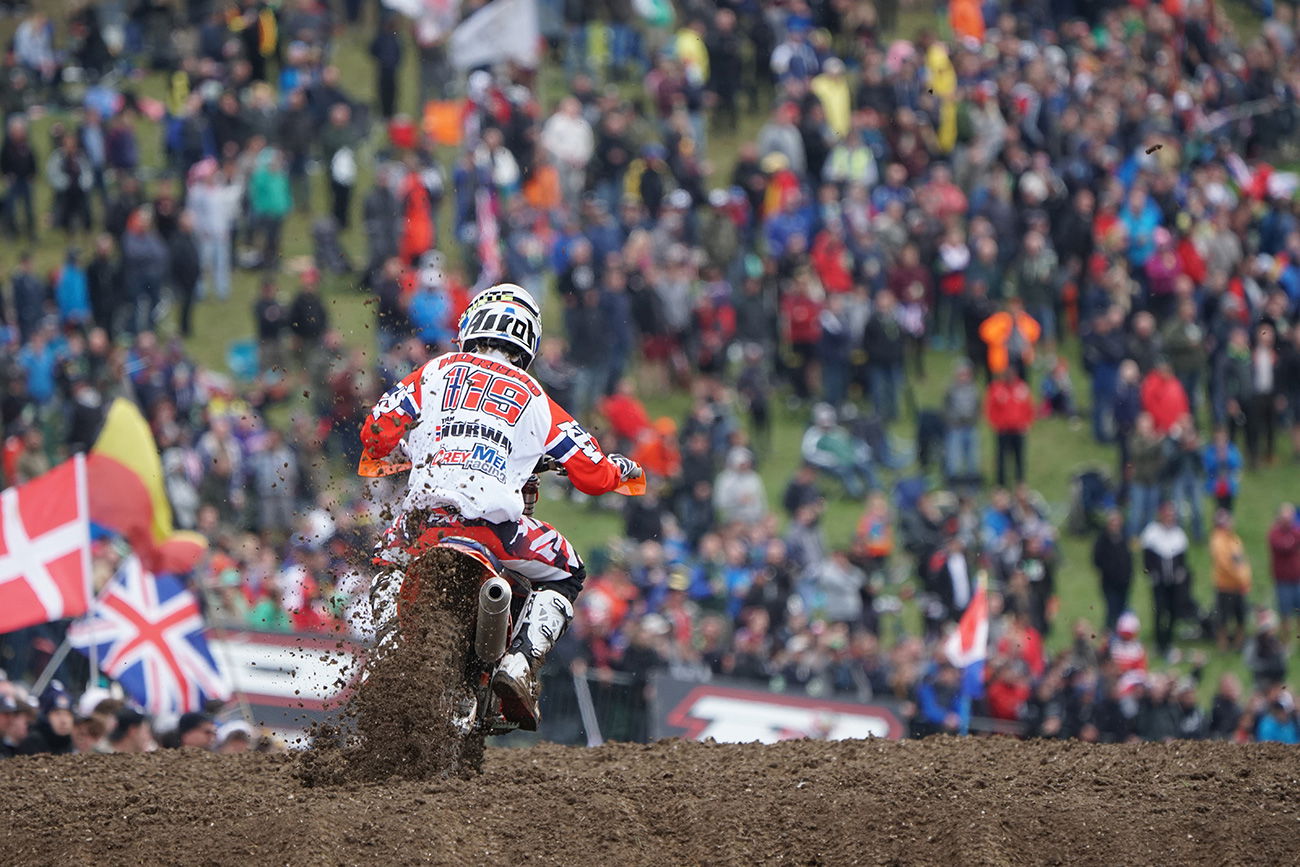
A little motocross action during the Motocross of Nations at Matterley Basin and my first time shooting motocross, also highly recommended if you get the chance! The bokeh here is sufficient to blur the spectators, but it’s nice that you can still identify them as spectators.
a6500 @ 400mm | 1/1000 | f/5.6 | ISO 800 | *Full Resolution Download: JPEG | RAW
A stunning barn owl shot during a birds of prey workshop up in the Yorkshire Dales, UK. I’d really love to shoot one of these beautiful birds in the wild, so I’ve recently setup a barn owl nesting box in my parents barn, now it’s just a case of being patient! Again, the background has been nicely smoothed out to help the owl maintain your full attention.
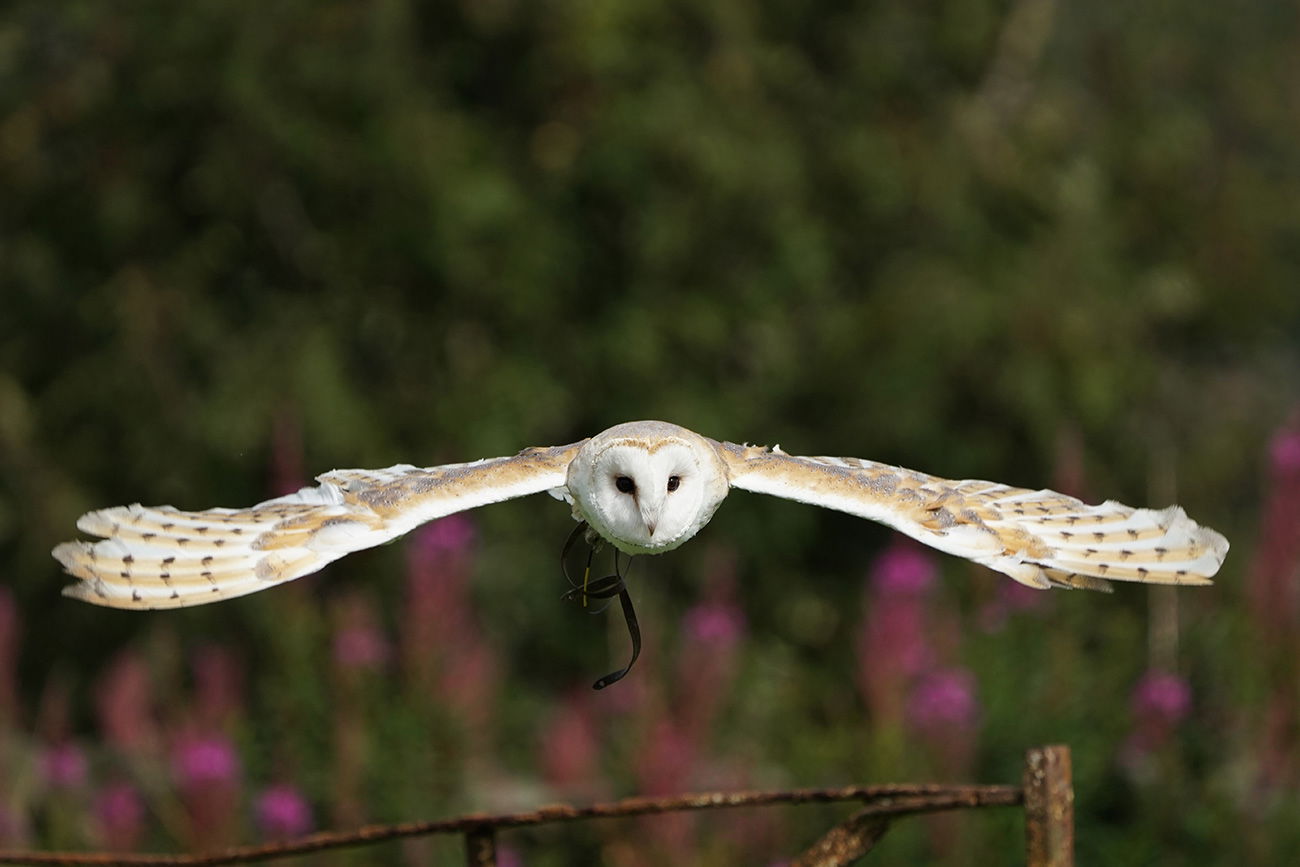
a6500 @ 400mm | 1/2500 | f/5.6 | ISO 400 | *Full Resolution Download: JPEG | RAW
Vignetting, Chromatic Aberration, and Flare Control
If you like shooting white walls with in-camera lens-corrections turned off then you will see the tiniest amount of shading in the corners when shooting wide-open at f/4.5 and 100mm focal length. As soon as you step down to f/5.6 this is less noticeable and is gone completely by f/8. At 400mm and f/5.6 vignetting is pretty much non-existent even on a white wall. Back in the real world you are unlikely to spot any vignetting in your images whatsoever, as it’s unlikely that you will be shooting at 100mm with this lens. I’ve shot thousands of images and as yet have not had a single image that needed to be corrected for vignetting.
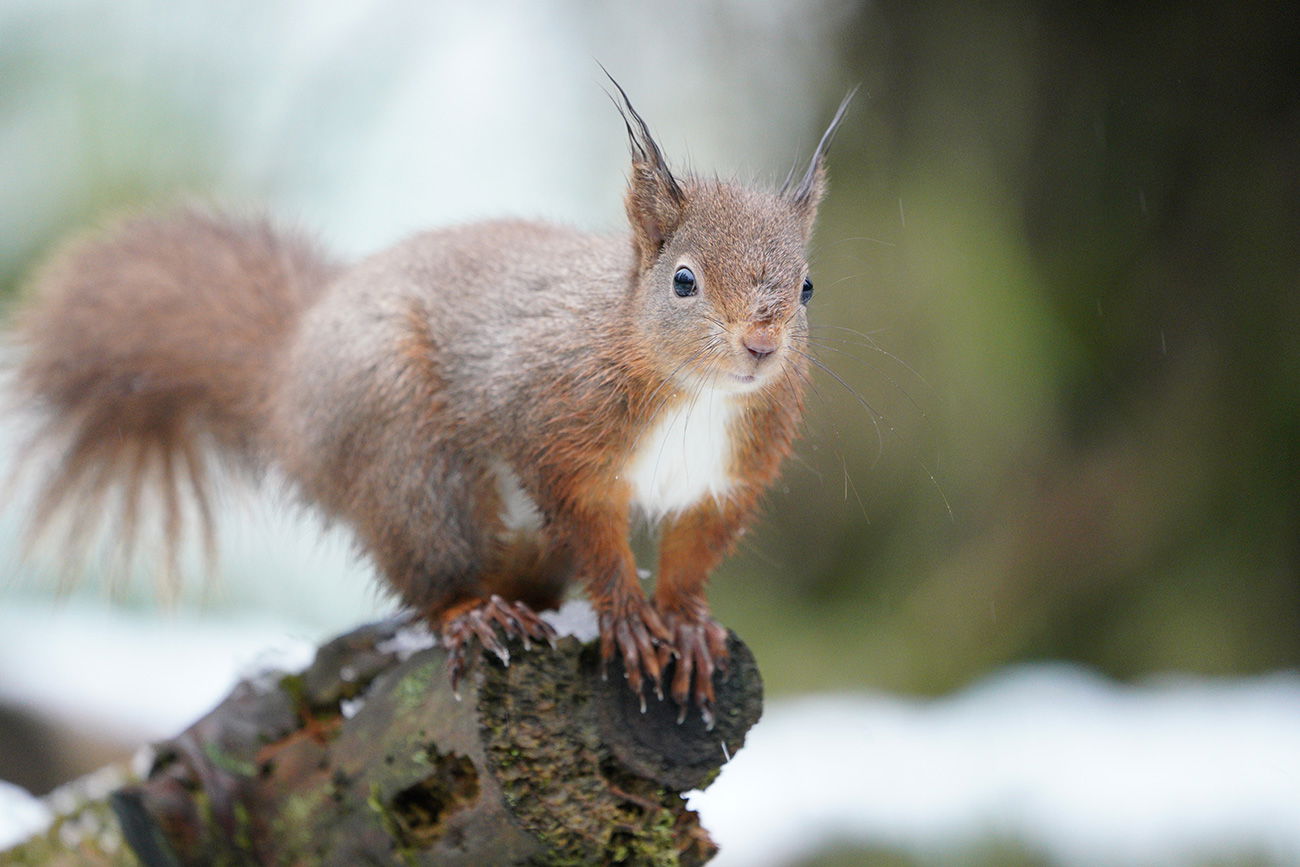
a7R III @ 400mm | 1/250 | f/5.6 | ISO 5000 | *Full Resolution Download: JPEG | RAW
Chromatic aberration, also known as “color fringing” or “purple fringing”, is usually seen along high-contrast edges in images and for some lenses can be a problem. Fortunately with the Sony FE 100-400mm F4.5–5.6 GM OSS lens it is very well-controlled, and I’ve yet to find any evidence of chromatic aberration in the images that I’ve shot to this date.
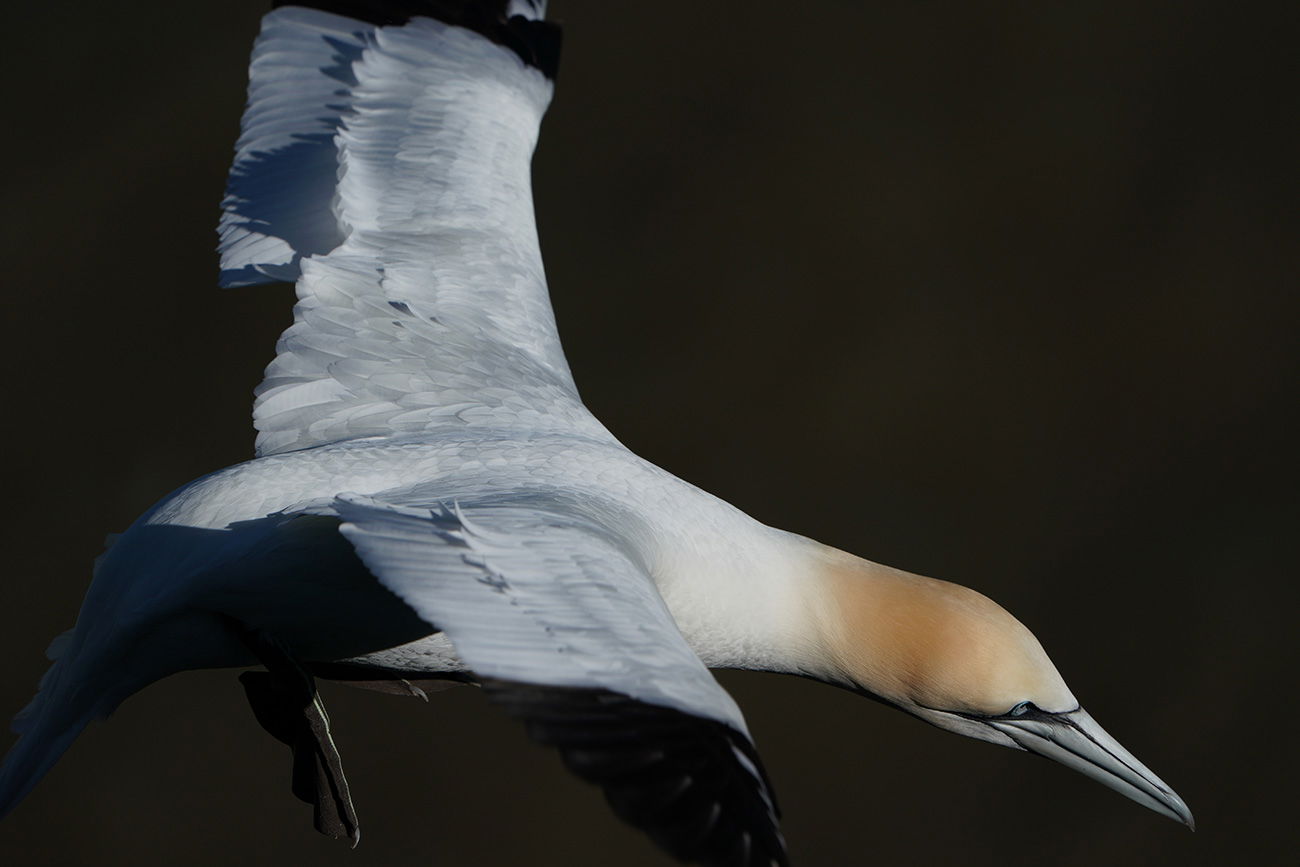
a9 @ 400mm | 1/1600 | f/8 | ISO 125 | *Full Resolution Download: JPEG | RAW
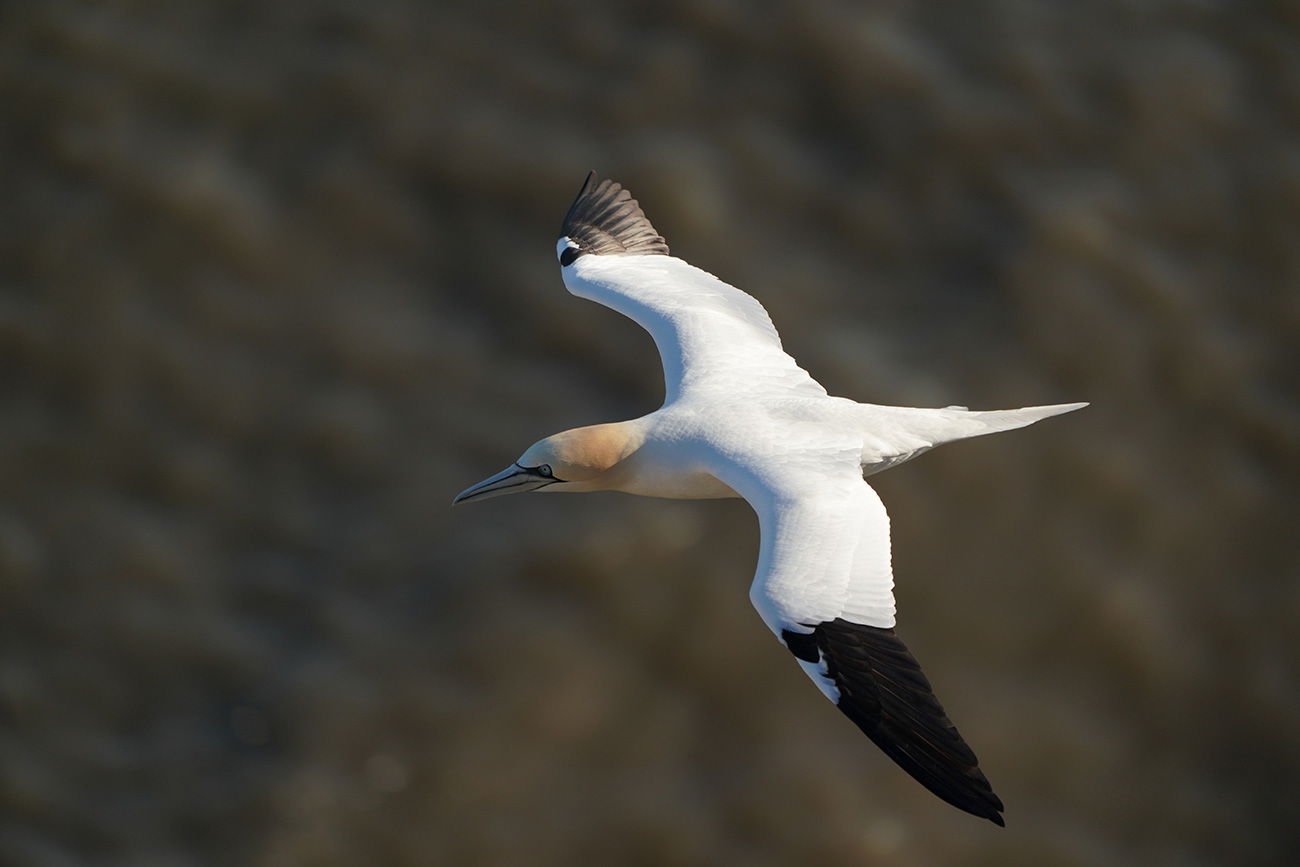
a9 @ 400mm | 1/1250 | f/5.6 | ISO 250 | *Full Resolution Download: JPEG | RAW
Flare control is also excellent, even without the hood attached. You will need to look very closely at the following image to spot the tiniest amount of flare visible whilst shooting directly into the sun.
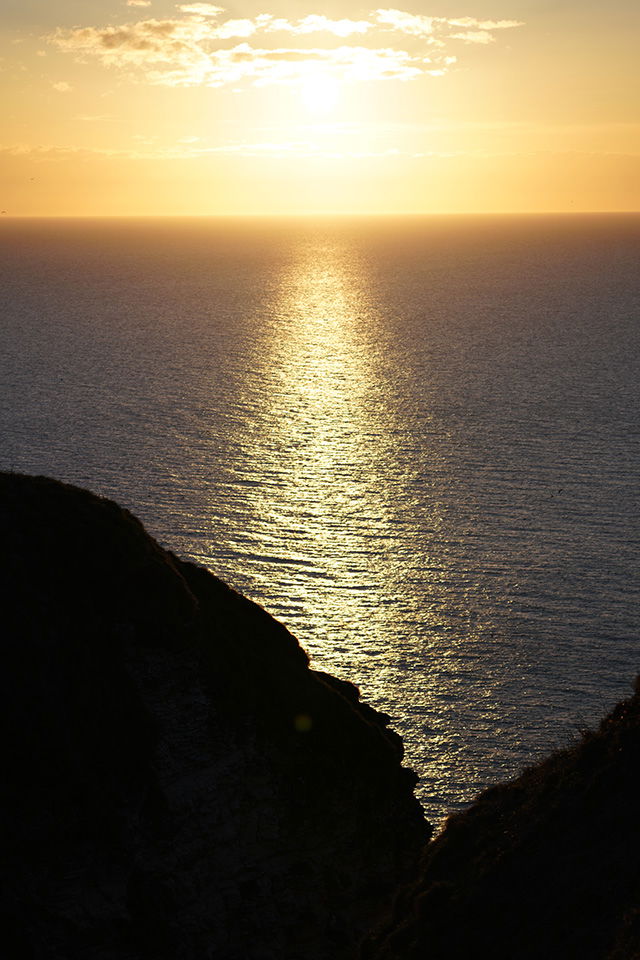
a7R III @ 100mm | 1/1000 | f/4.5 | ISO 100 | *Full Resolution Download: JPEG | RAW
Low Light Performance
With an aperture of f/4.5 at 100mm and f/5.6 from 164mm to 400mm, this generally would not be your first lens choice for low light work. That said, I’ve used this lens to shoot superbikes on a very cloudy and wet day at Silverstone and the lens had no trouble at all in tracking the bikes and nailing razor sharp shots. I’ve also shot red squirrels in the Yorkshire Dales under a dark forest canopy with grey skies and rain, again I had no trouble nailing my shots.
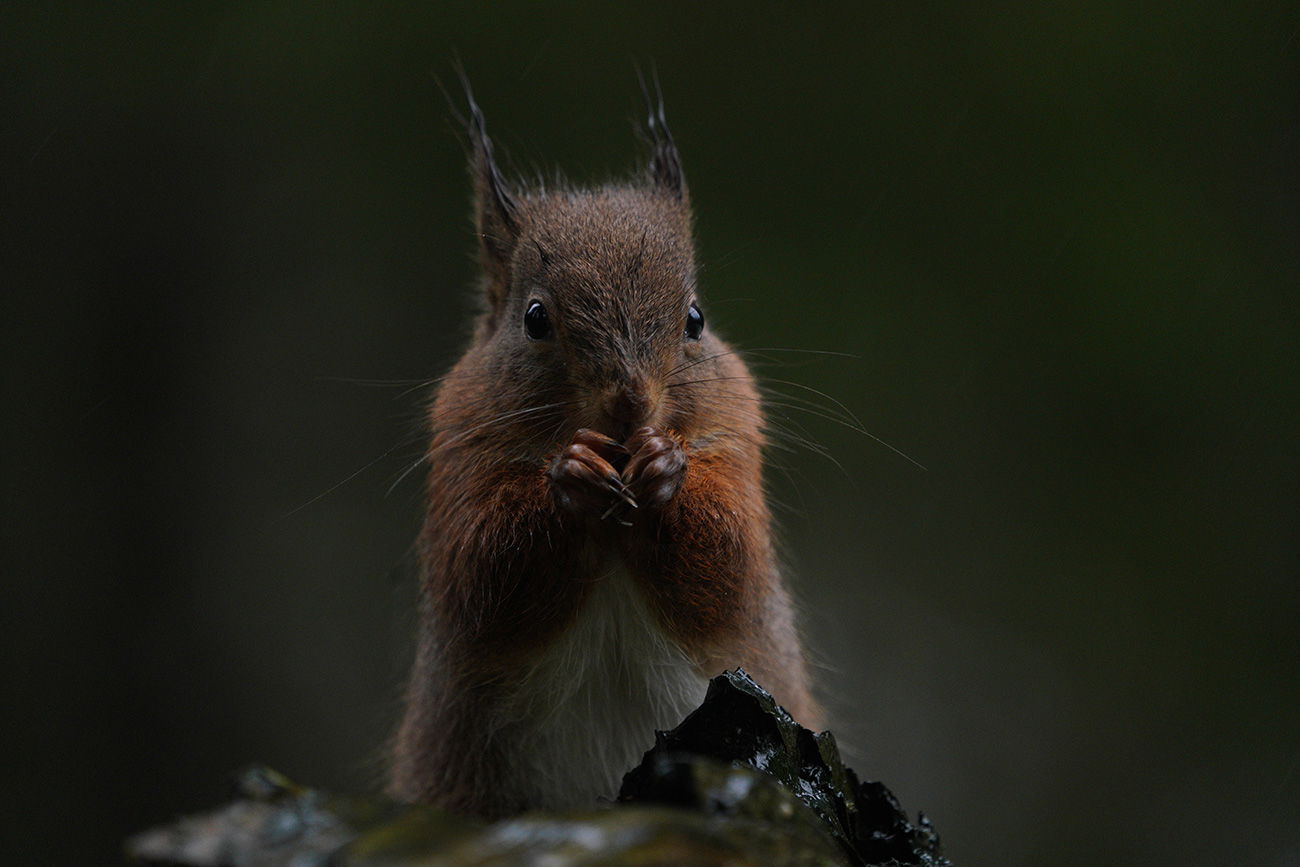
a7R III @ 364mm | 1/250 | f/5.6 | ISO 3200 | *Full Resolution Download: JPEG | RAW
However, it’s certainly not a low light miracle lens. I have had difficulties focusing on small birds at a distance in low light, especially at the long-end. But often zooming out to 200mm to acquire focus then zooming back in does the trick. I’ve also had difficulty shooting rally cars in a dark forest with very low light, as again the lens would hunt to focus at 400mm but backing off to 200mm and it soon locked on.
The in-built optical stabilization OSS (Optical SteadyShot) is a great help in low light situations. By reducing camera shake you can slow your shutter speed down to as low as 1/100 even at 400mm and still shoot beautifully sharp images of still subjects. The OSS is also very helpful for framing your subject in the viewfinder, especially when at 400mm.
The lens will never be as good as f/2.8 400mm prime in low light situations, but for a fraction of the price it certainly does not disappoint.
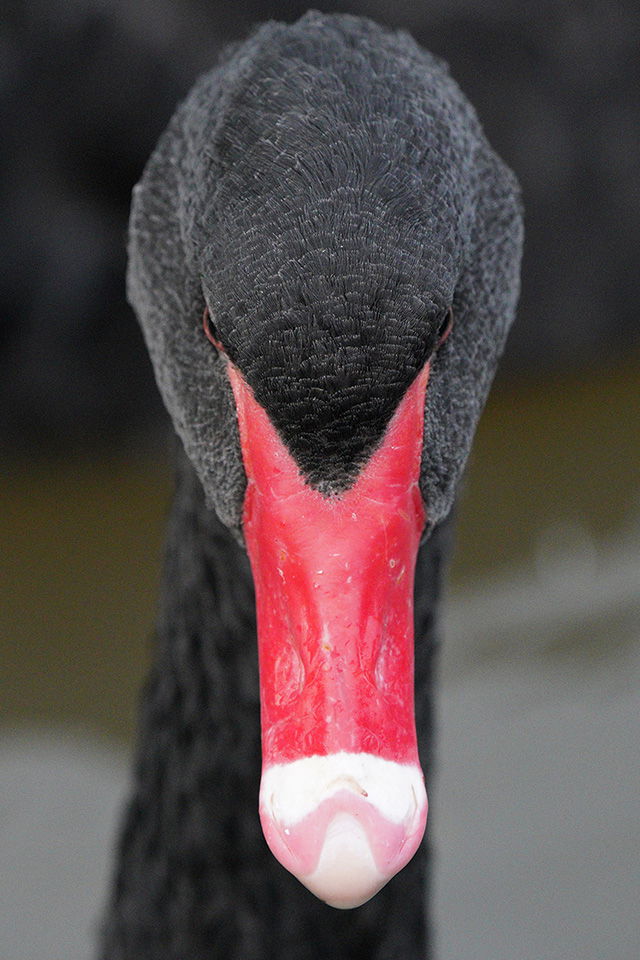
a7R III @ 247mm | 1/1000 | f/5.6 | ISO 8000 | Cropped *Full Resolution Download: JPEG | RAW
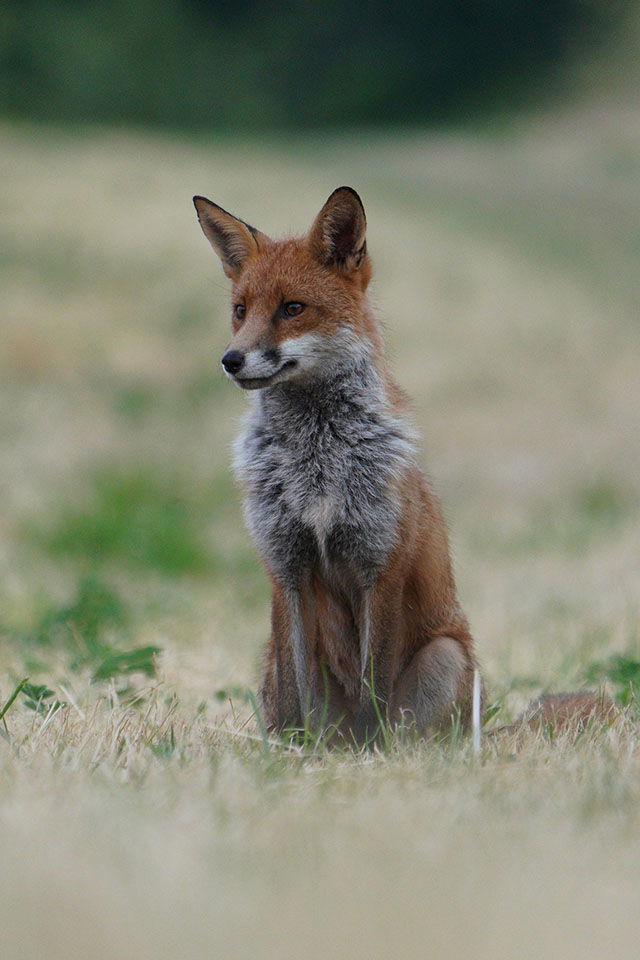
a7R III @ 400mm | 1/100 | f/5.6 | ISO 1250 | Cropped *Full Resolution Download: JPEG | RAW
An Excellent Macro Lens
Not only is the 100-400 GM a great telephoto lens, I’ve also found that it makes an excellent macro lens for getting really close to your subjects. The lens has a minimum focus distance of 0.98m which gives a maximum magnification of 0.35x.
I own the Sony FE 90mm F2.8 lens which is a brilliant lens, but since purchasing the 100-400 I often find myself reaching for this lens first now for macro shots. If you are shooting bugs then you can easily keep your distance to avoid scaring them off, which is not the case with the much closer focusing distance of the 90mm. The 100-400 is also virtually silent and the focusing speed is so much faster than the 90mm, giving you a big advantage when it comes to capturing little critters that might have vanished before the 90mm has locked on.
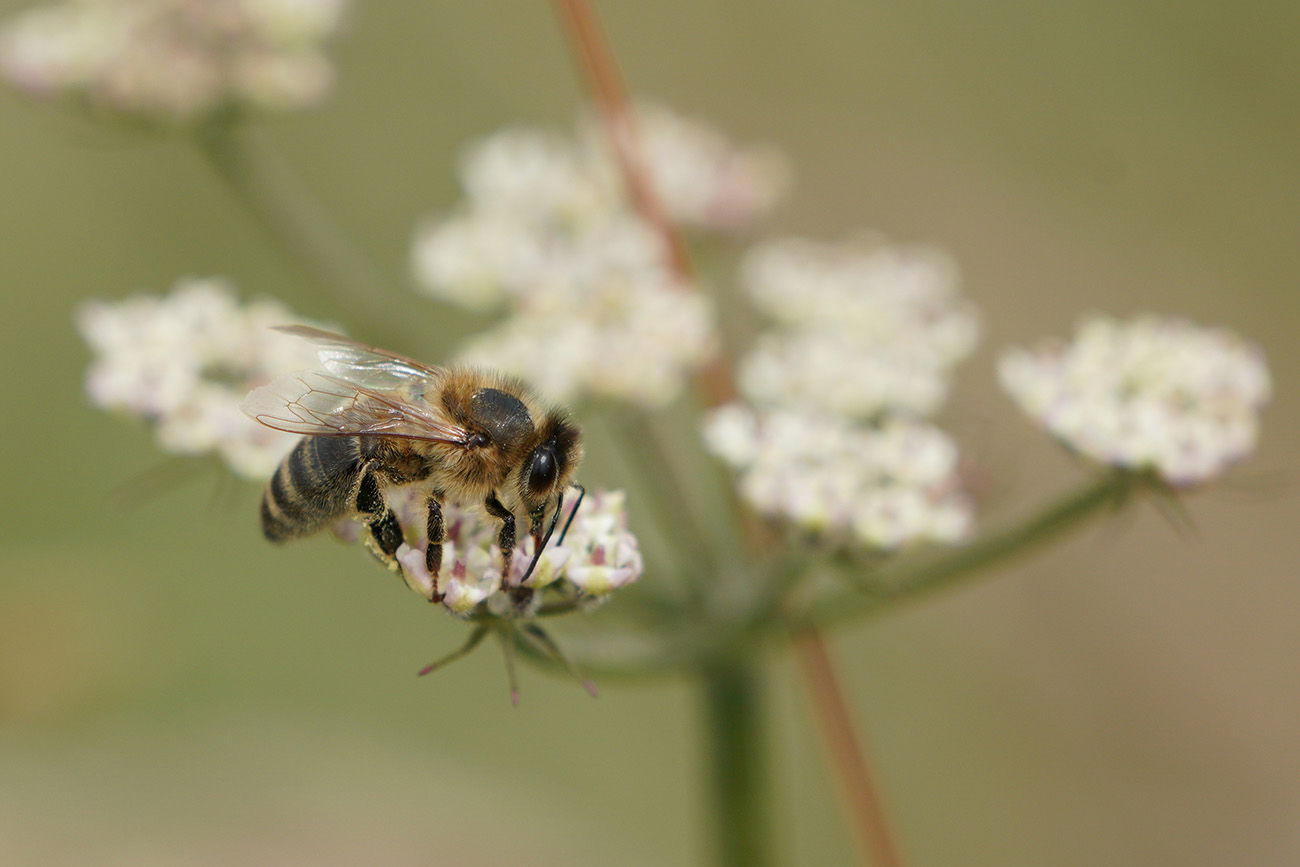
Here are a few macro examples with the 100-400. All of these images have been cropped by 50%, which for me personally still leaves plenty of pixels to play with even on the a9.
a9 @ 400mm | 1/1000 | f/5.6 | ISO 250 | *Full Resolution Download: JPEG | RAW
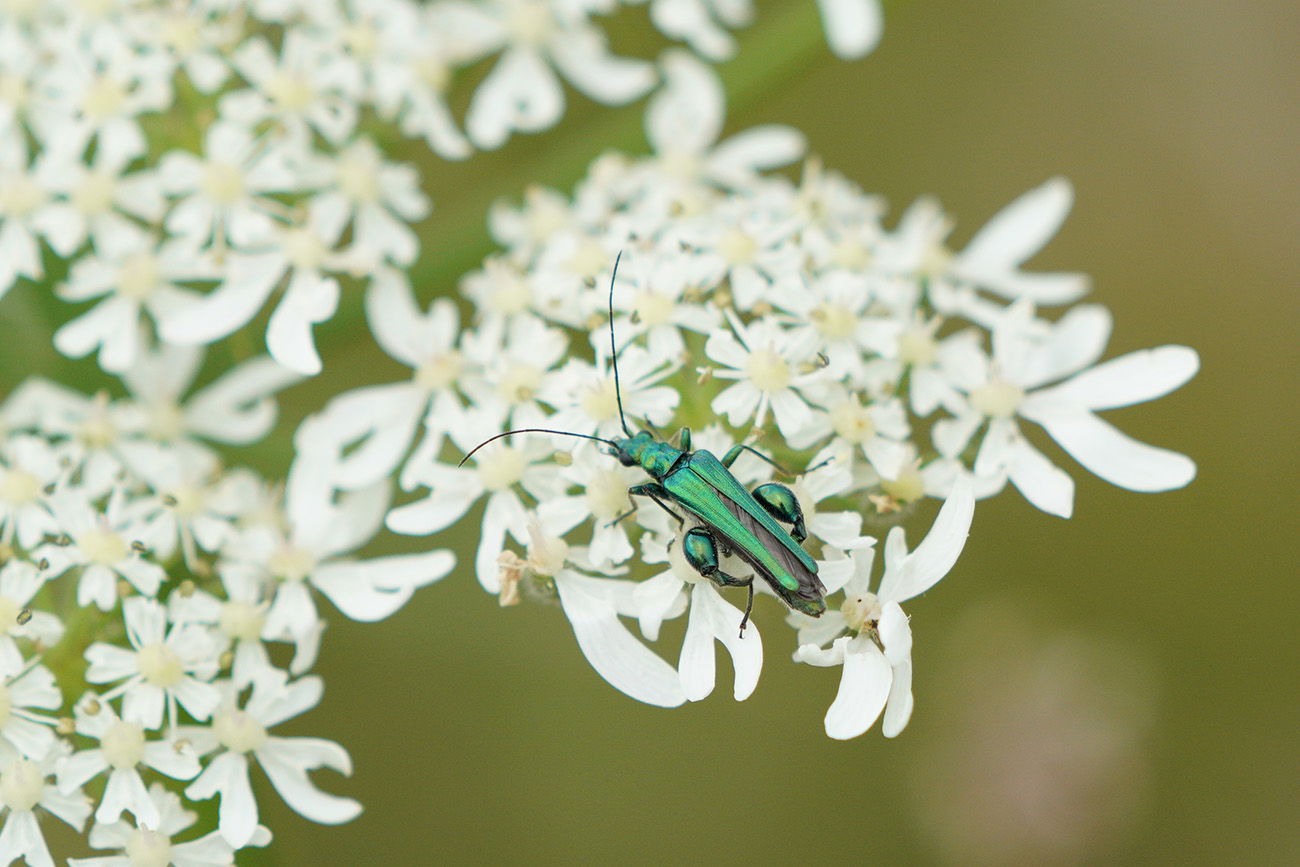
a9 @ 400mm | 1/1000 | f/5.6 | ISO 800 | *Full Resolution Download: JPEG | RAW

a9 @ 400mm | 1/1000 | f/5.6 | ISO 800 | *Full Resolution Download: JPEG | RAW
Performance with 1.4x Teleconverter
The Sony 1.4x teleconverter (SEL14TC) will extend the reach of the 100-400mm GM lens to 560mm on a full frame camera like the a7R III, but it will do so by sacrificing one stop of light. So at 400mm (560mm with 1.4x) you will now find your maximum aperture is at f/8.
Fortunately this does not appear to slow the focus speed of the 100-400 whatsoever, and if it does it so minuscule that I simply don’t notice it. You’ll also find that the sharpness drops very slightly. Vignetting is more visible with lighter backgrounds at 500mm+. Here are a few shots with the 1.4x attached, for the first I was using a monopod.
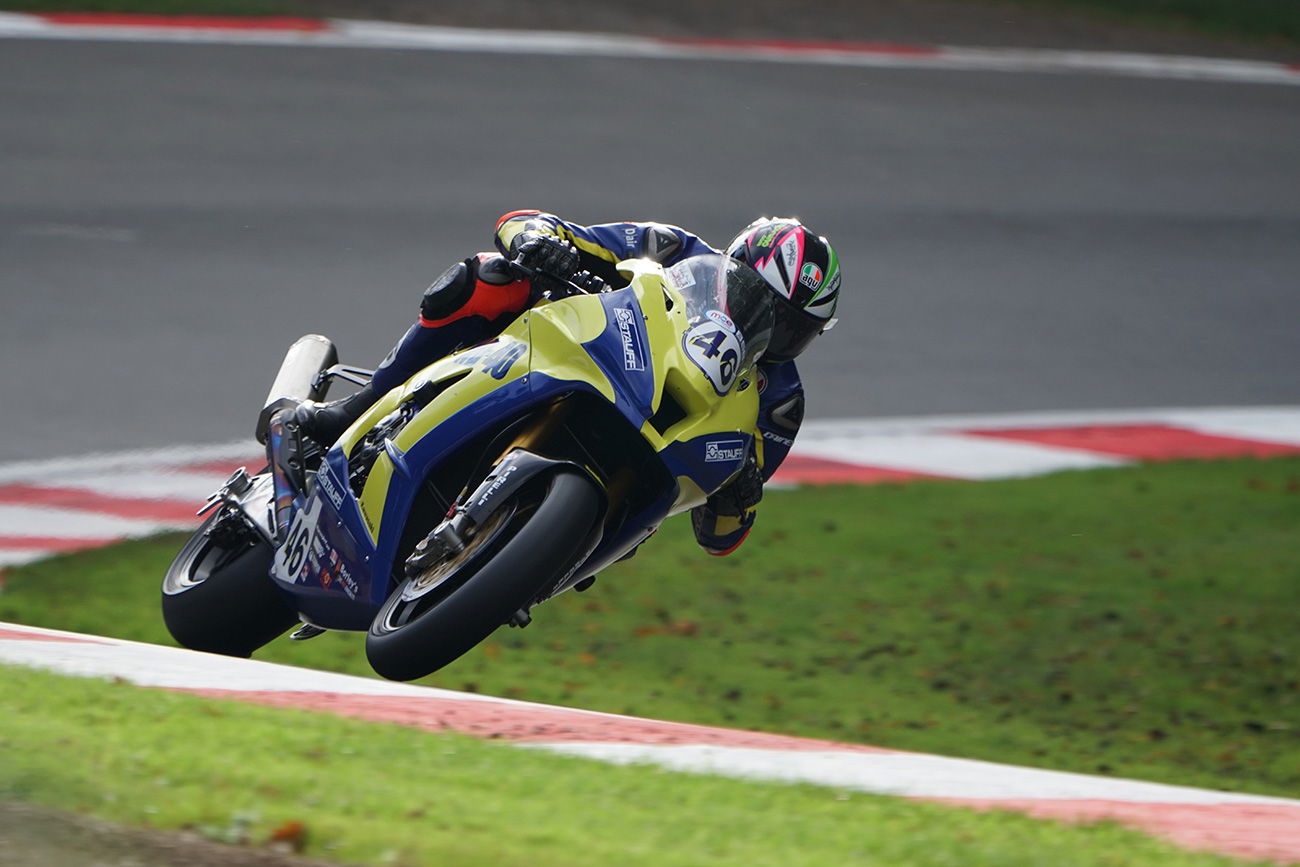
a6500 @ 560mm | 1/400 | f/8 | ISO 400
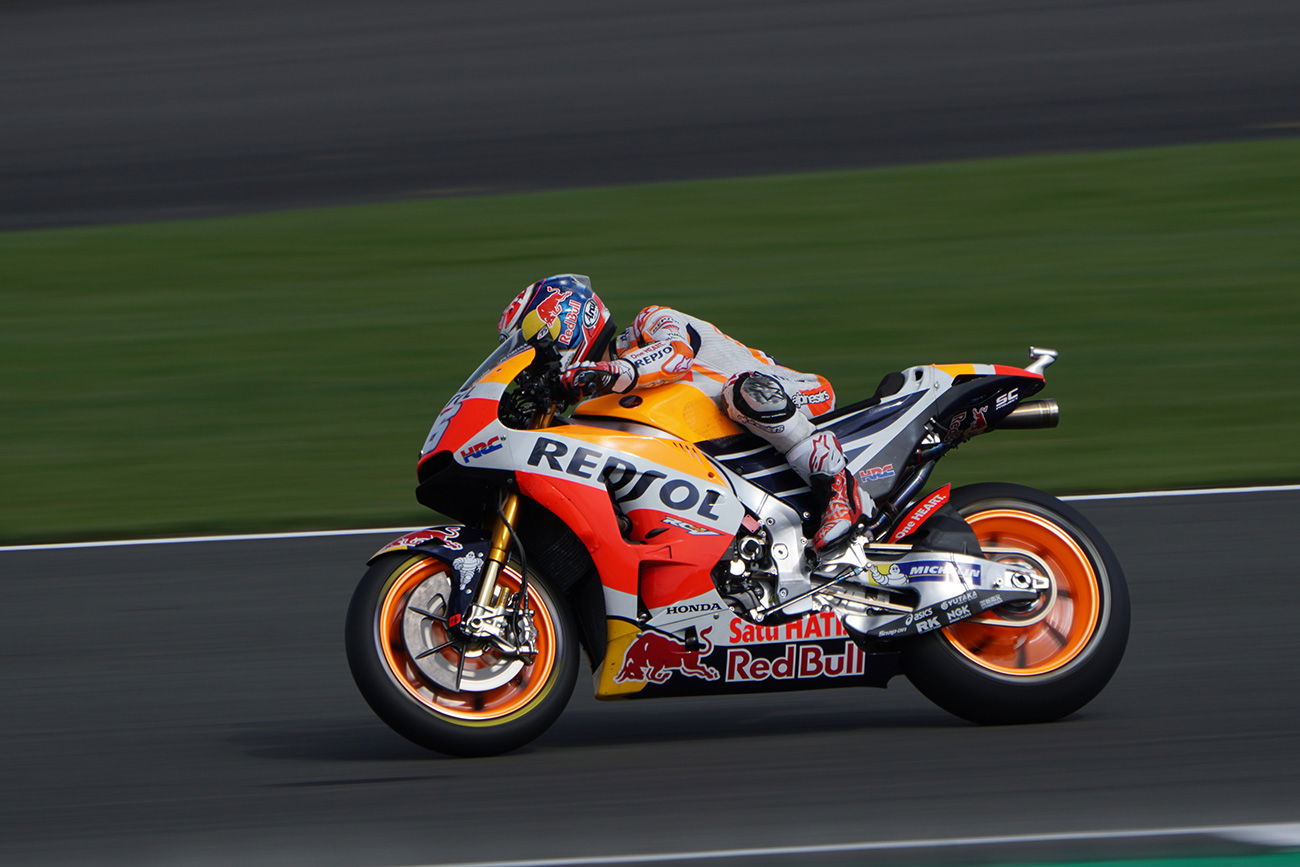
a6500 @ 560mm | 1/250 | f/11 | ISO 100
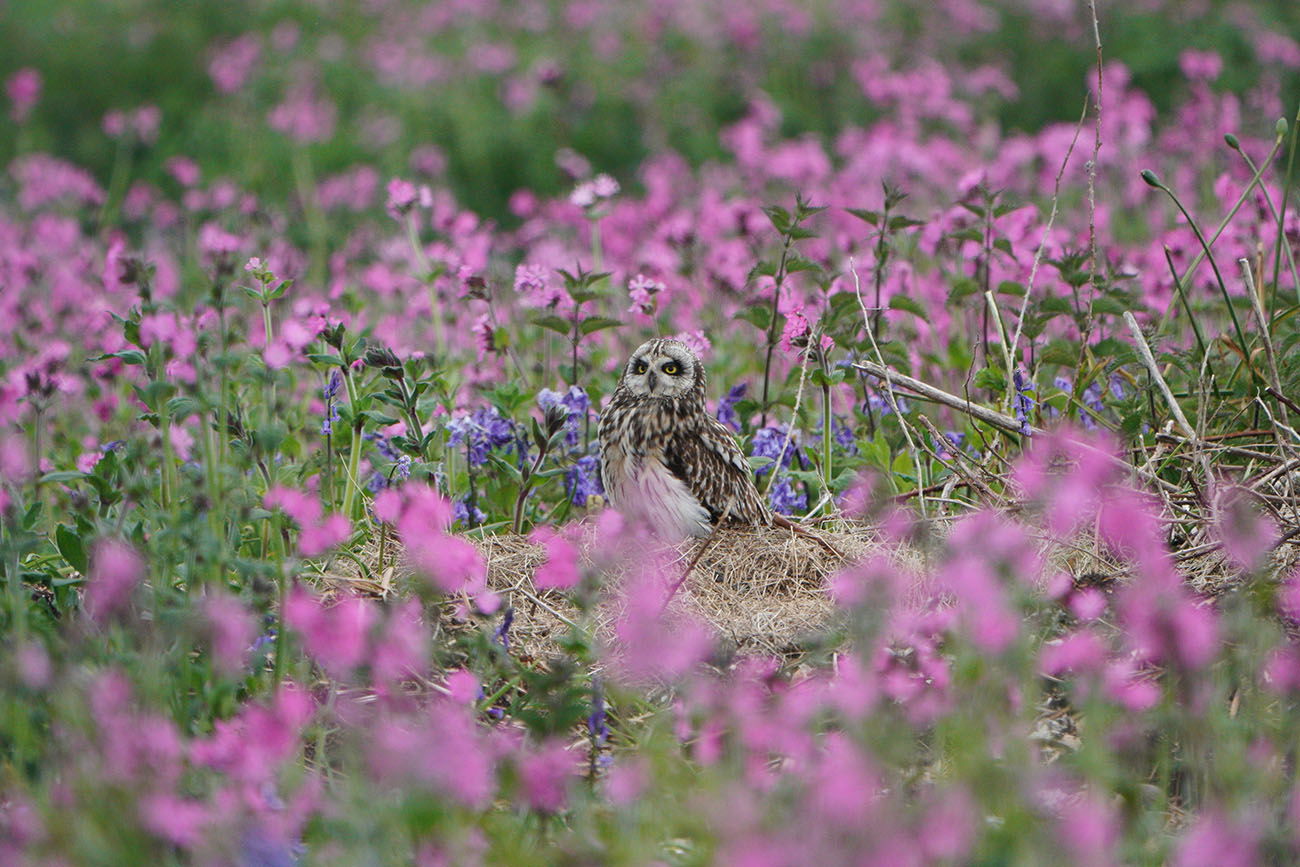
a9 @ 560mm | 1/1000 | f/8 | ISO 2000 | Cropped *Full Resolution Download: JPEG | RAW
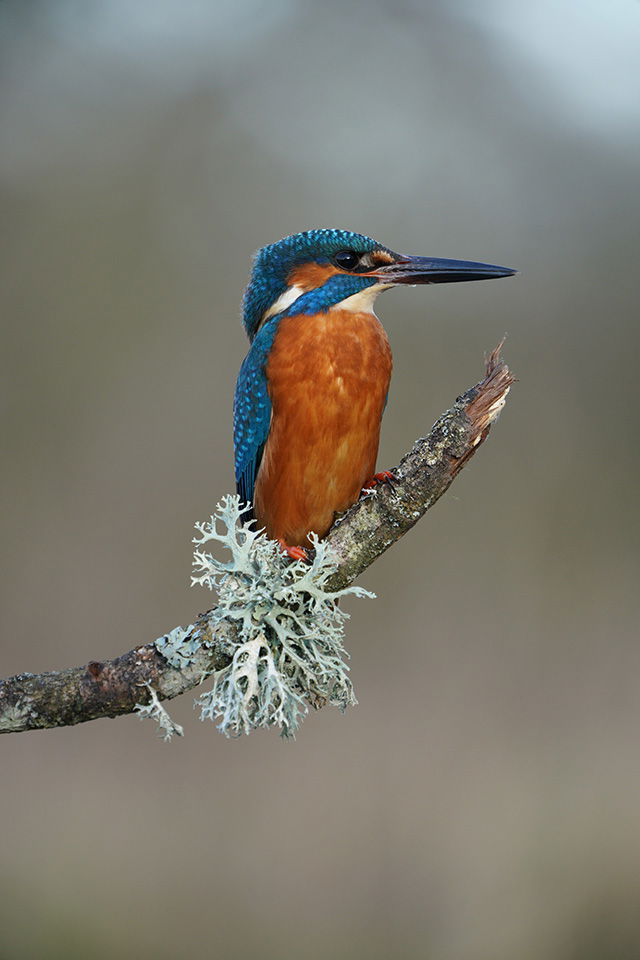
a7R III @ 560mm | 1/200 | f/8 | ISO 800 | *Full Resolution Download: JPEG | RAW
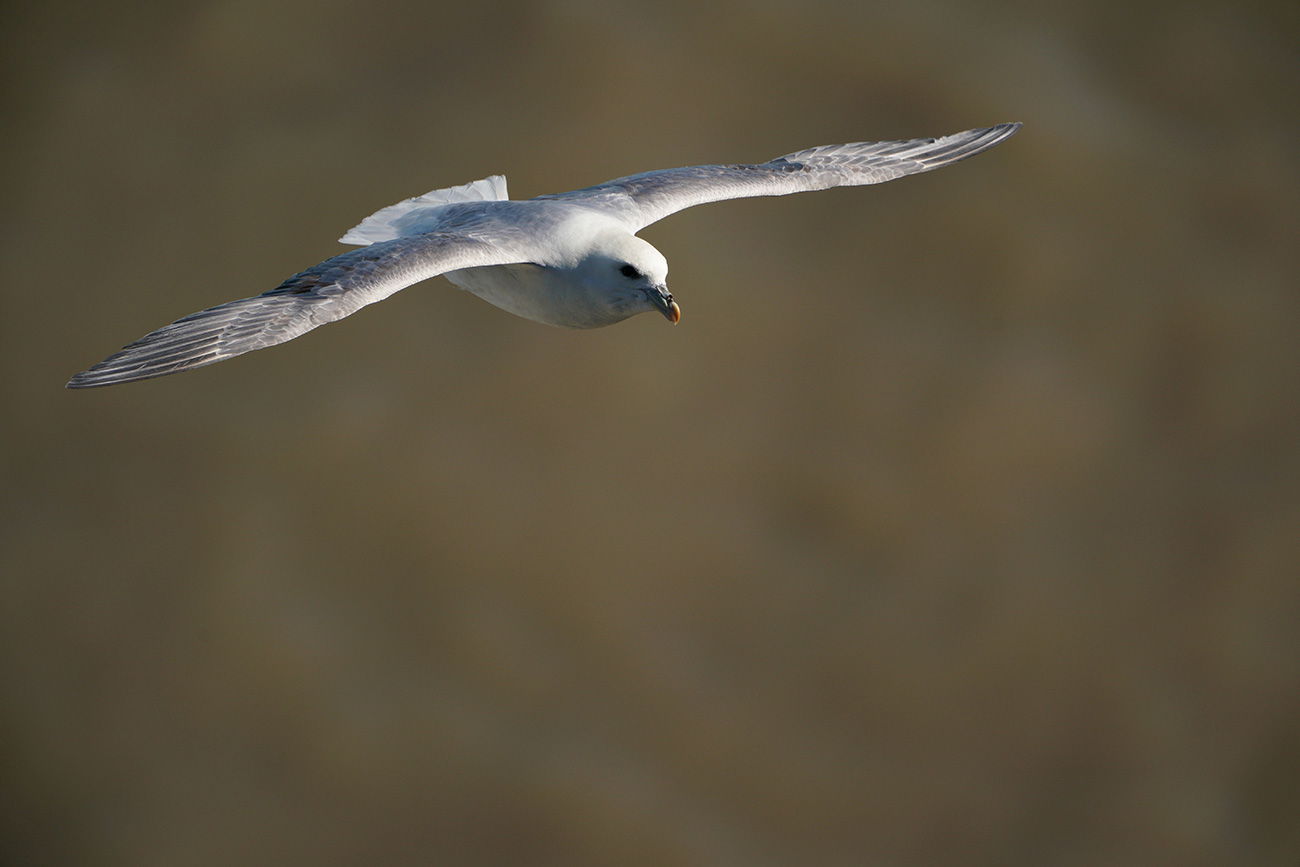
a9 @ 560mm | 1/1250 | f/8 | ISO 400 | *Full Resolution Download: JPEG | RAW
Performance with 2x Teleconverter
The Sony 2.0x teleconverter (SEL20TC) will extend the reach of the 100-400mm GM lens to 800mm on a full frame camera like the a7R III, but it will do so by sacrificing two stops of light. So at 400mm (800mm with 2.0x) you will now find your maximum aperture is at f/11.
With an aperture of f/11 cameras like the a7R II and a7R III will now be pushed into contrast detection to focus instead of the much faster phase detection, and if you are shooting continuously the focus will be locked to the settings of the first shot. With the a6300/a6400/a6500 and a7III phase detection works up to f/11 on these cameras and up to f/16 on the a9. I’ve still shot plenty of fast moving subjects whilst using contrast detection, sure you won’t get the same number of keepers as with phase detection, but it still works very well.
Image quality with the 2x teleconverter is also noticeably softer than the SEL14TC and the AF speed due to the smaller aperture is also slower, surprisingly vignetting at 800mm is not as bad as it is with the 1.4x at 560mm. That said, with the a9 I was still able to grab this shot of the Red Arrows doing a Gypo Pass with the 2x teleconverter attached.
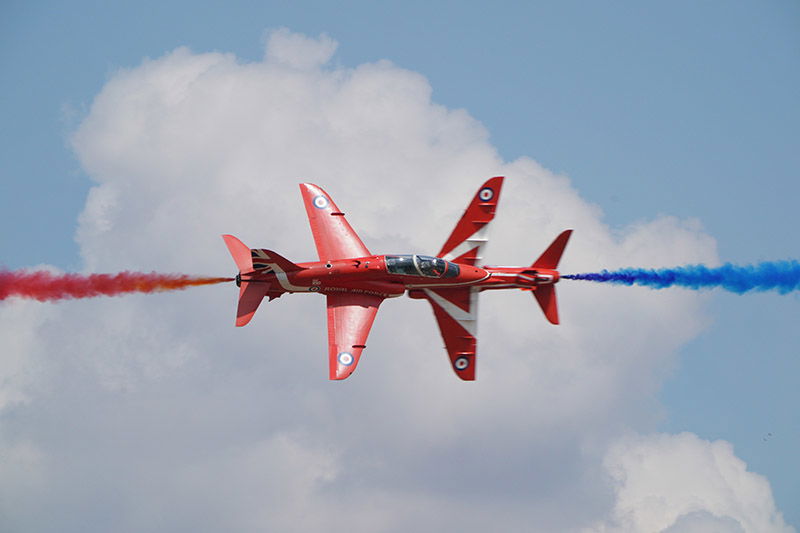
a9 + 100-400 + 2x @ 346mm | 1/2000 | f/11 | ISO 800
Compared To
I’ve never owned or used the Canon 100-400mm or the Nikon 80-400mm lenses, so I can only compare the 100-400 GM with other Sony zoom lenses that I own. Currently my zoom collection consists of the following zooms:
FE 200-600mm F5.6-6.3 G OSS
The Sony FE 200-600mm is a very impressive lens. It’s larger and heavier than the 100-400 but if you find that 400mm is not long enough for wildlife then then 200-600 is probably the lens you’ll want to be looking at. It’s also sharper at 600mm than the 100-400 is at 560mm when you add the 1.4x teleconverter. You can find my 100-400 vs 200-600 comparison here.
FE 70-200mm F4 G
The Sony FE 70-200mm F4 G lens was the first zoom lens that I purchased. It’s very well built, incredibly sharp, and lightweight. If I want to travel light and don’t need any more reach than 200mm then this is the lens that goes into my bag. It’s not as fast and as sharp as the 100-400, but it comes very close indeed.
FE 70-200mm F2.8 GM
Since purchasing the Sony FE 70-200mm F2.8 GM it has quickly become one of my favourite sports lenses when I don’t need the reach of the 100-400. Build quality is very similar to the 100-400 and it’s also almost identical in weight and size. With the constant f/2.8 aperture this lens has the edge over the 100-400mm when it comes to low light photography. The focus motor is not as quiet as the 100-400, you can definitely hear it working away.
FE 70-300mm F4.5-5.6 G
I purchased the Sony FE 70-300mm F4.5-5.6 G lens shortly before the 100-400mm was announced. At the time I mainly wanted the extra reach for shooting airshows and the 70-300mm definitely did not disappoint when paired with my a6500. Build quality isn’t on par with the 100-400mm, but it’s not far behind. The lens is fast, silent and sharp, and its black body makes it a little more discrete than the other white bodied zooms. It is missing the mode 1/2 panning switch which is a shame, but it does get a lock switch to prevent lens creep.
E 55-210mm F4.5-6.3
You can’t really compare the Sony E 55-210mm F4.5-6.3 lens which is a $350 lens with the $2500 100-400 GM, they are worlds apart. But the 55-210 is a great lens capable of capturing some beautiful moments and I have no desire to let it go anytime soon. When I put this lens on my a6500 after using the 100-400 GM it really is night and day in terms of size, weight and handling. If only the 100-400 could be squeezed into this tiny body!
Summary
The Sony 100-400mm F4.5-5.6 GM is certainly not a cheap lens but you do get what your pay for since it’s one of the best 100-400mm lenses available right now.
This lens has spent more time attached to my cameras than any other lens that I own. It has enabled me to get closer to my subjects and achieve shots that simply would not have been possible with my other zoom lenses.
This lens has also helped me to discover a new passion since I’ve found myself spending a lot more time shooting wildlife than ever before, and at the same time learning more about the fascinating animals that we share our small planet with.
However, since I first put this review together Sony has unleashed 3 new telephoto lenses. There’s now the FE 400mm F2.8 GM, the FE 600mm F4 GM and the most recent the FE 200-600 F5.6-6.3 G lens.
I’ve not yet had chance to try either of the prime lenses and they are also well out of my budget but I do now own the FE 200-600 which I’ve compared with the 100-400.
I’m not going to go into the details here so please check my comparison article, but if you shoot wildlife and find that 400mm is often not quite long enough and don’t mind the extra weight (around 800g), then you’ll probably want to seriously consider the 200-600 over the 100-400.
Pros
- Very sharp from 100mm to 400mm
- Fast and silent autofocus
- Well controlled vignetting and chromatic aberration
- Pleasing bokeh
- Well balanced
- Dust and moisture resistance
- Zoom ring tension adjustment
- Flare resistance
Cons
- Focus ring is too loose
- The price
Before You Go
Do you already own this lens? If you do, I’d love to hear your thoughts in the comments below. And if you are on Facebook, then please do post your shots or ask any questions you may have in our friendly Sports and Wildlife shooters groups.
More Sample Images
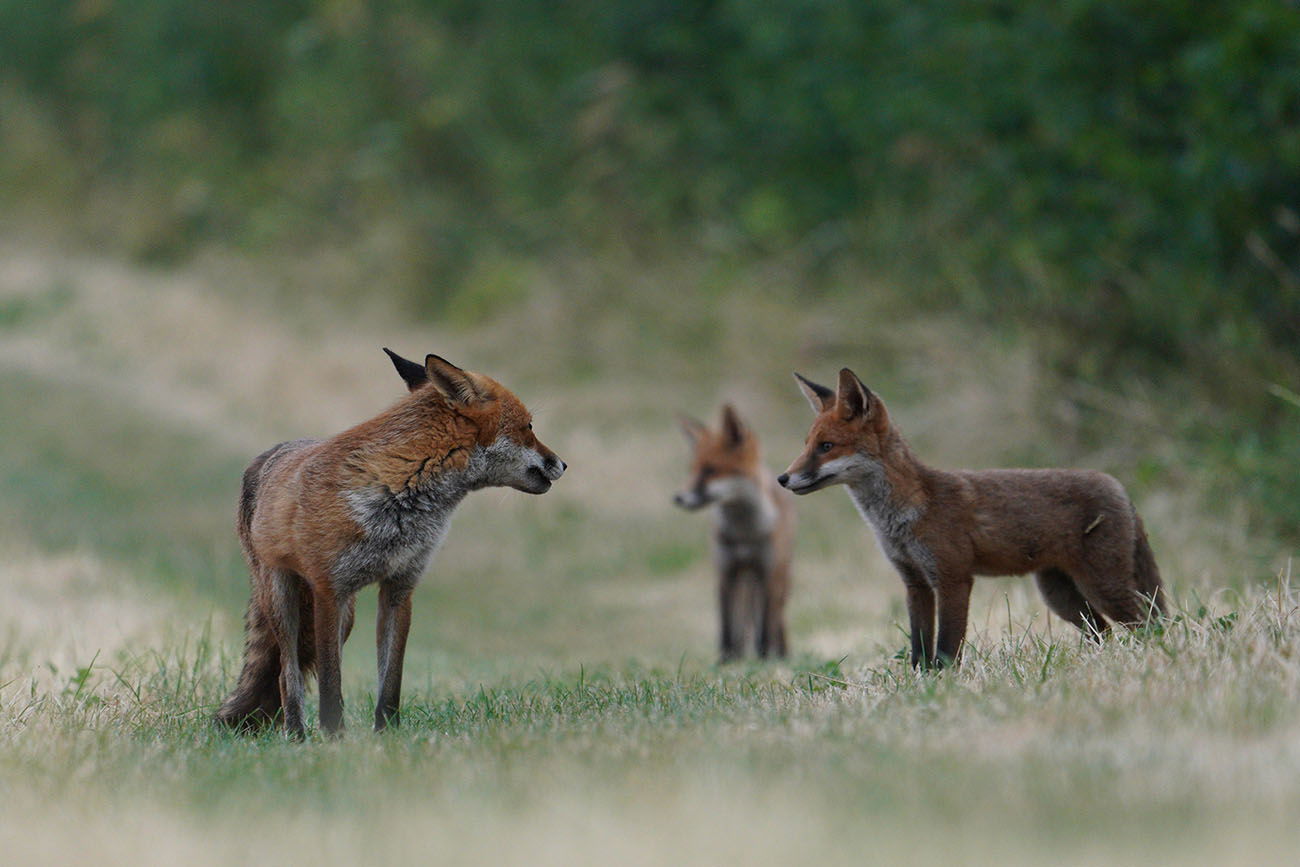
a7R III @ 400mm | 1/160 | f/5.6 | ISO 2000 | Cropped | *Full Resolution Download: JPEG | RAW
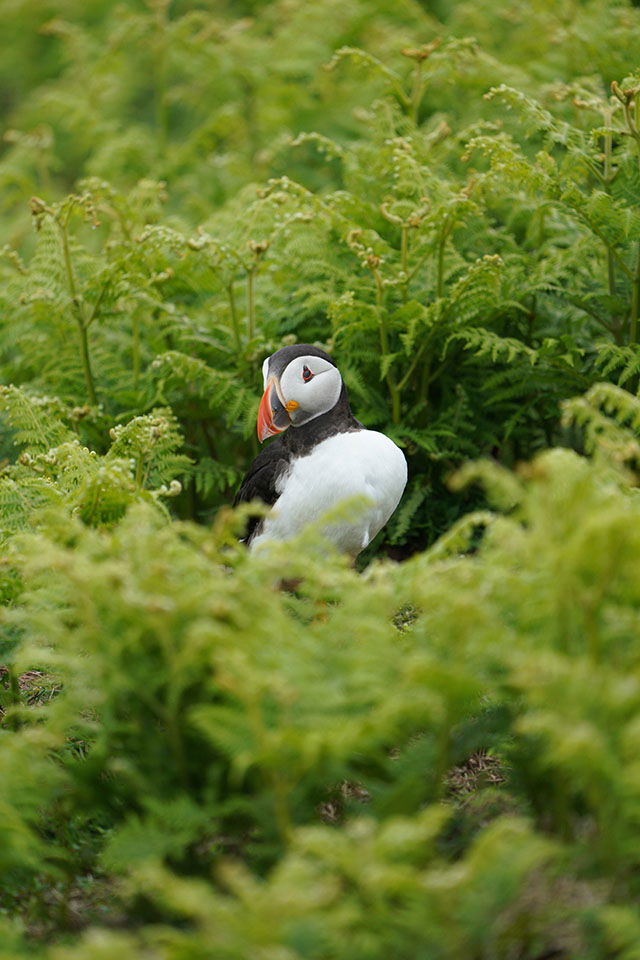
a7R III @ 400mm | 1/1000 | f/5.6 | ISO 640 | *Full Resolution Download: JPEG | RAW
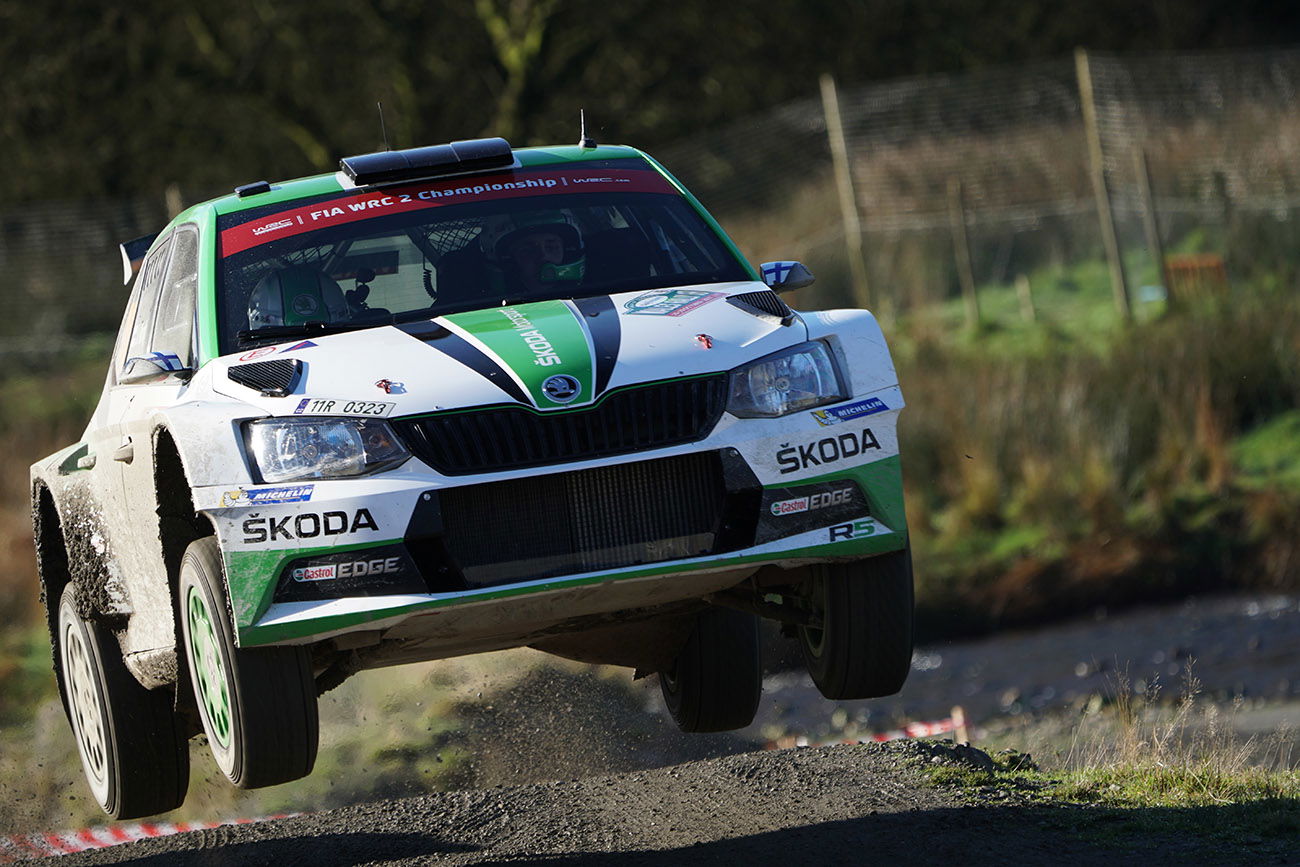
a6500 @ 400mm | 1/400 | f/5.6 | ISO 125 | *Full Resolution Download: JPEG | RAW
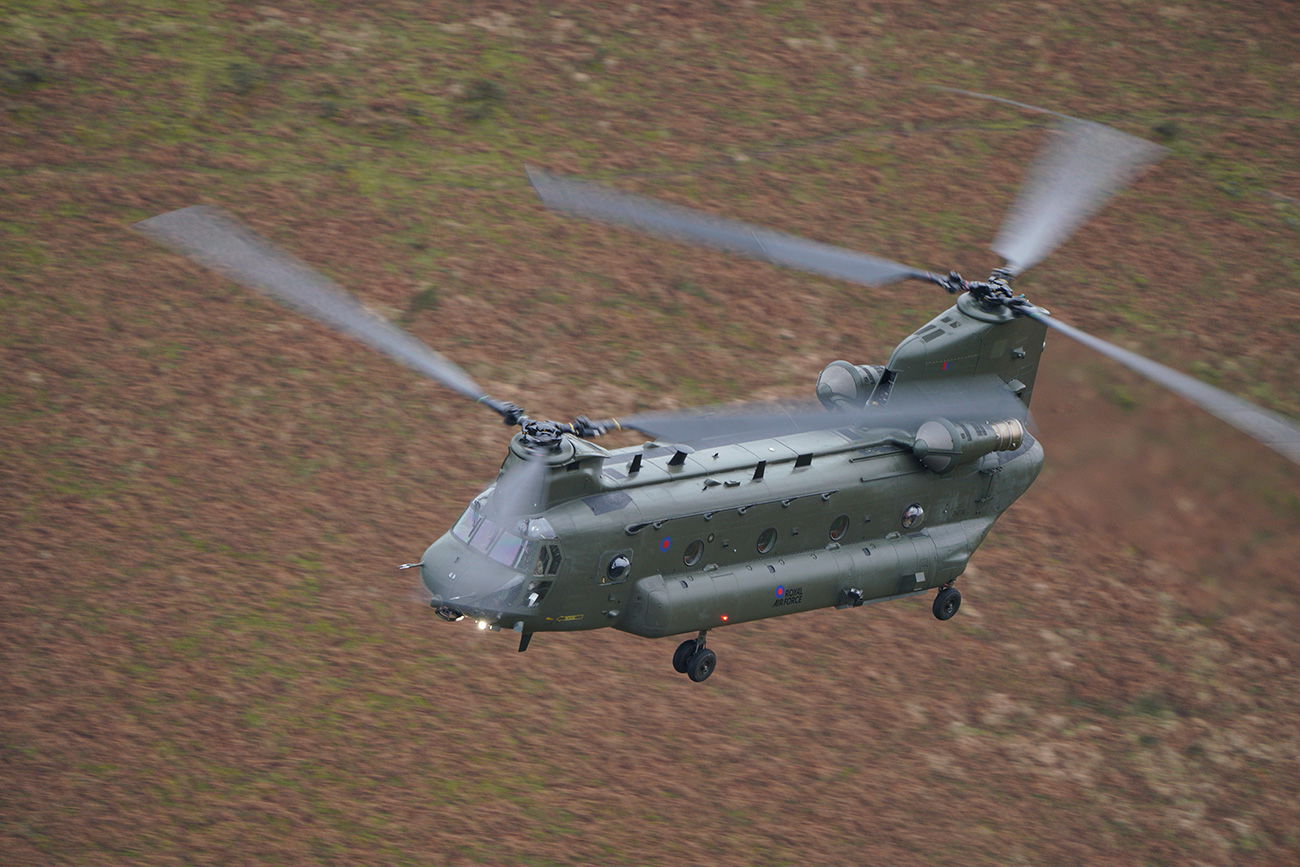
a7R III @ 400mm | 1/125 | f/5.6 | ISO 1000 | *Full Resolution Download: JPEG | RAW
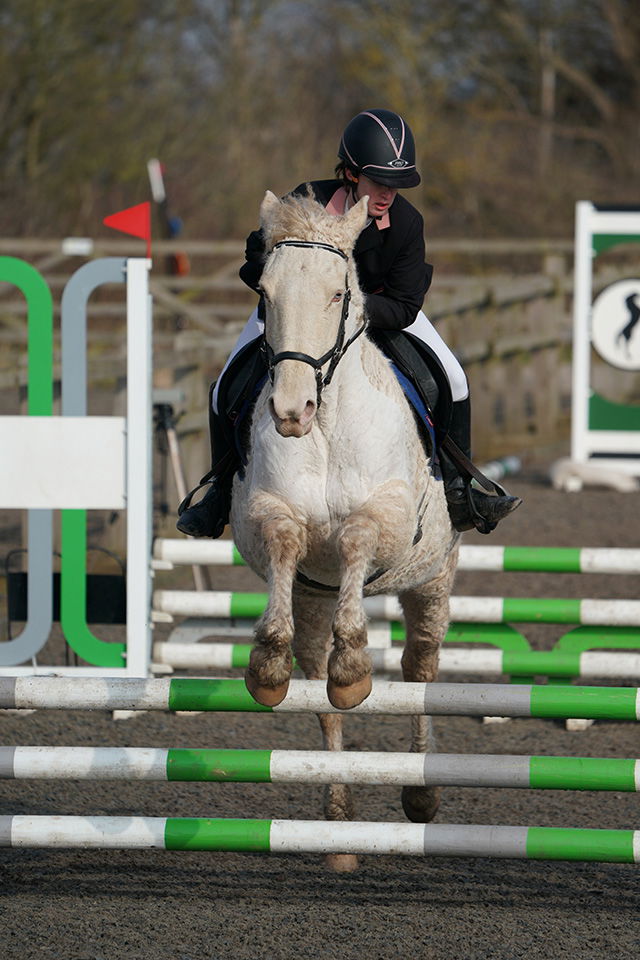
a9 @ 285mm | 1/1250 | f/5.6 | ISO 200 | *Full Resolution Download: JPEG | RAW
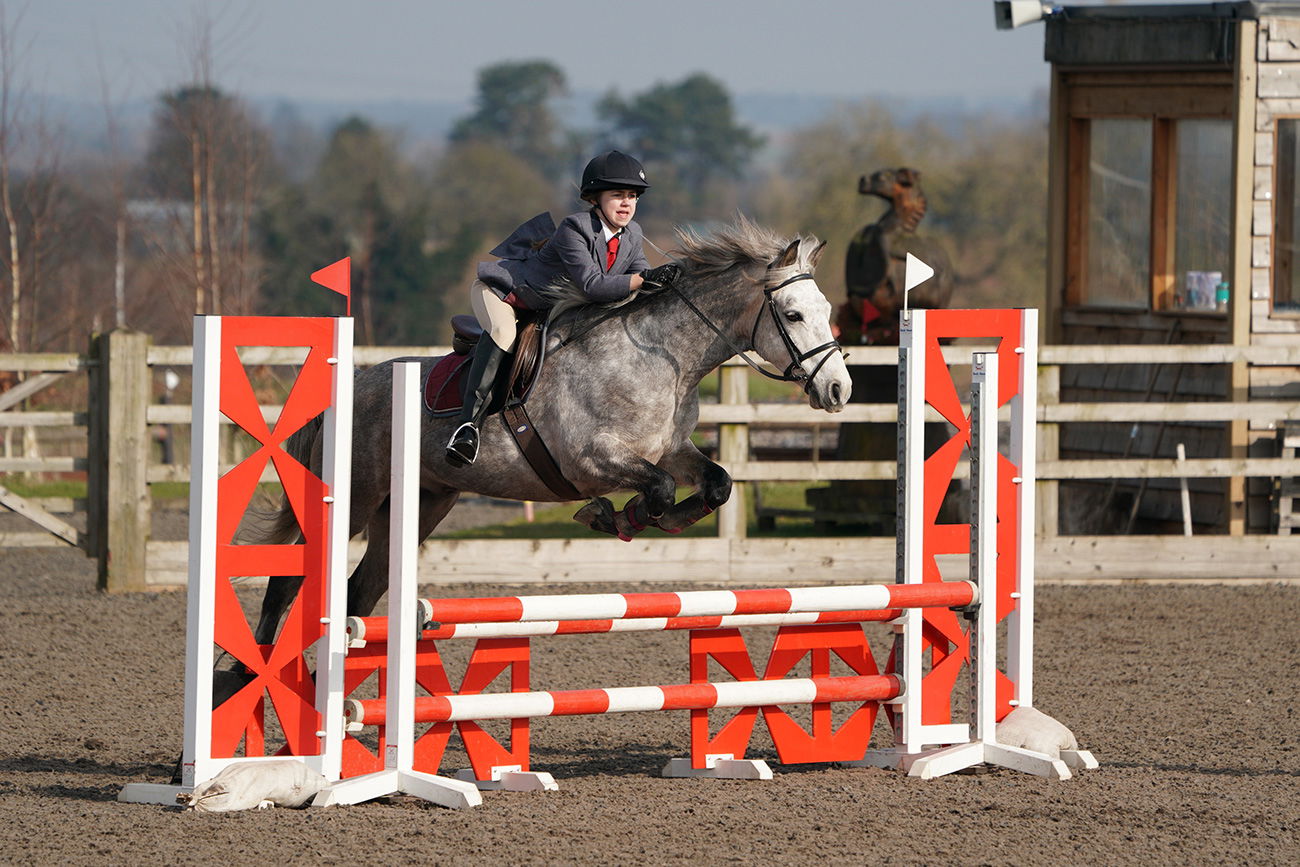
a9 @ 288mm | 1/1250 | f/5.6 | ISO 250 | *Full Resolution Download: JPEG | RAW
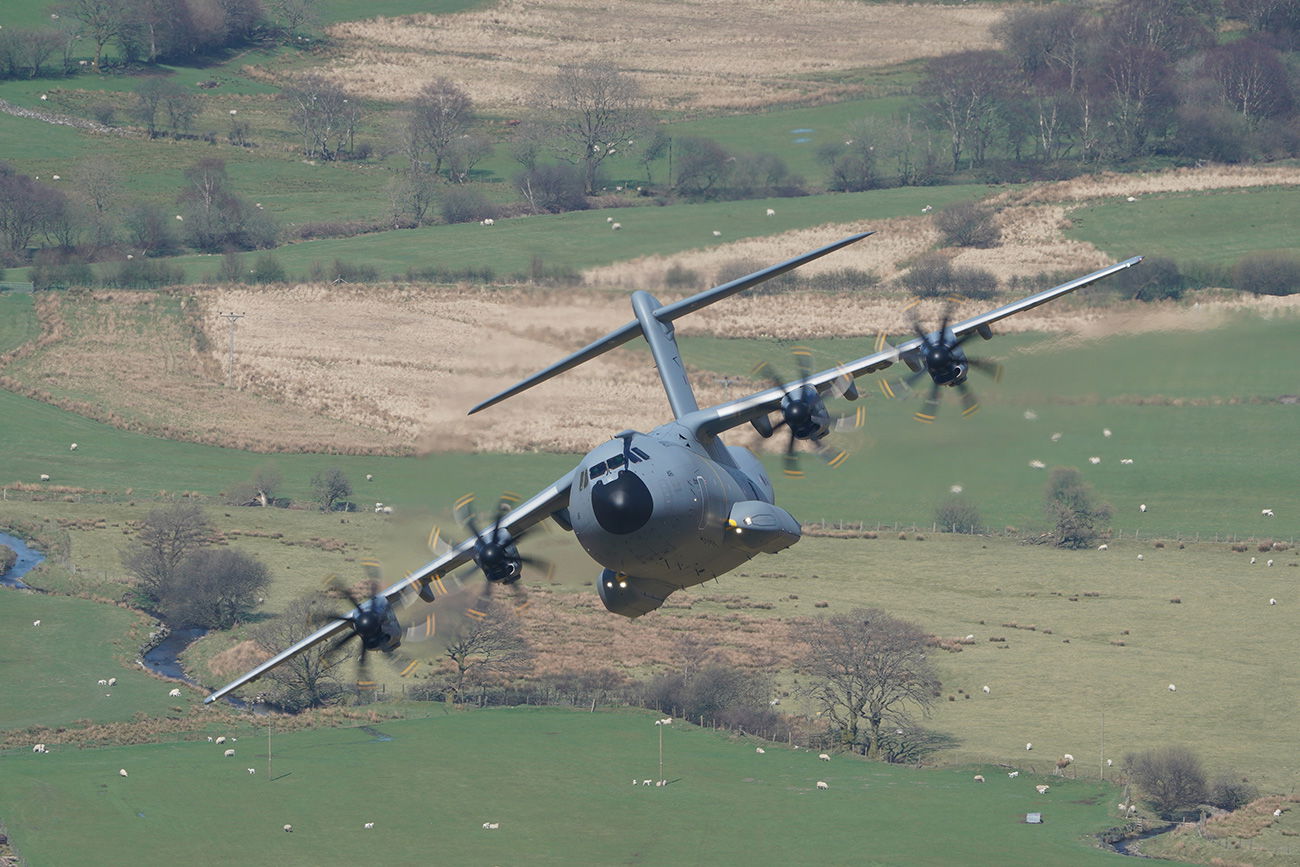
a9 @ 400mm | 1/250 | f/10 | ISO 100 | *Full Resolution Download: JPEG | RAW
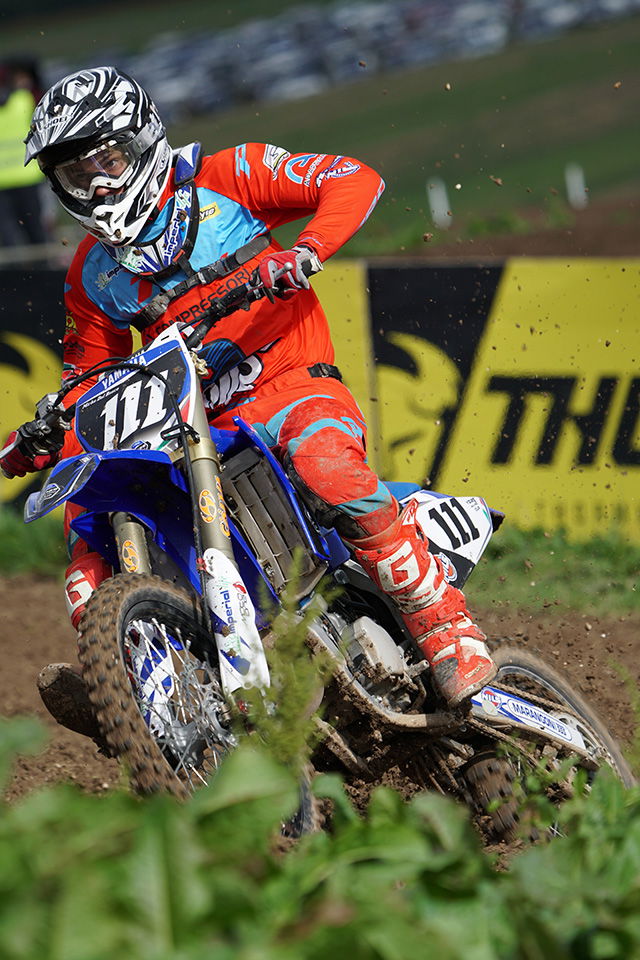
a6500 @ 259mm | 1/1000 | f/5.6 | ISO 200 | *Full Resolution Download: JPEG | RAW
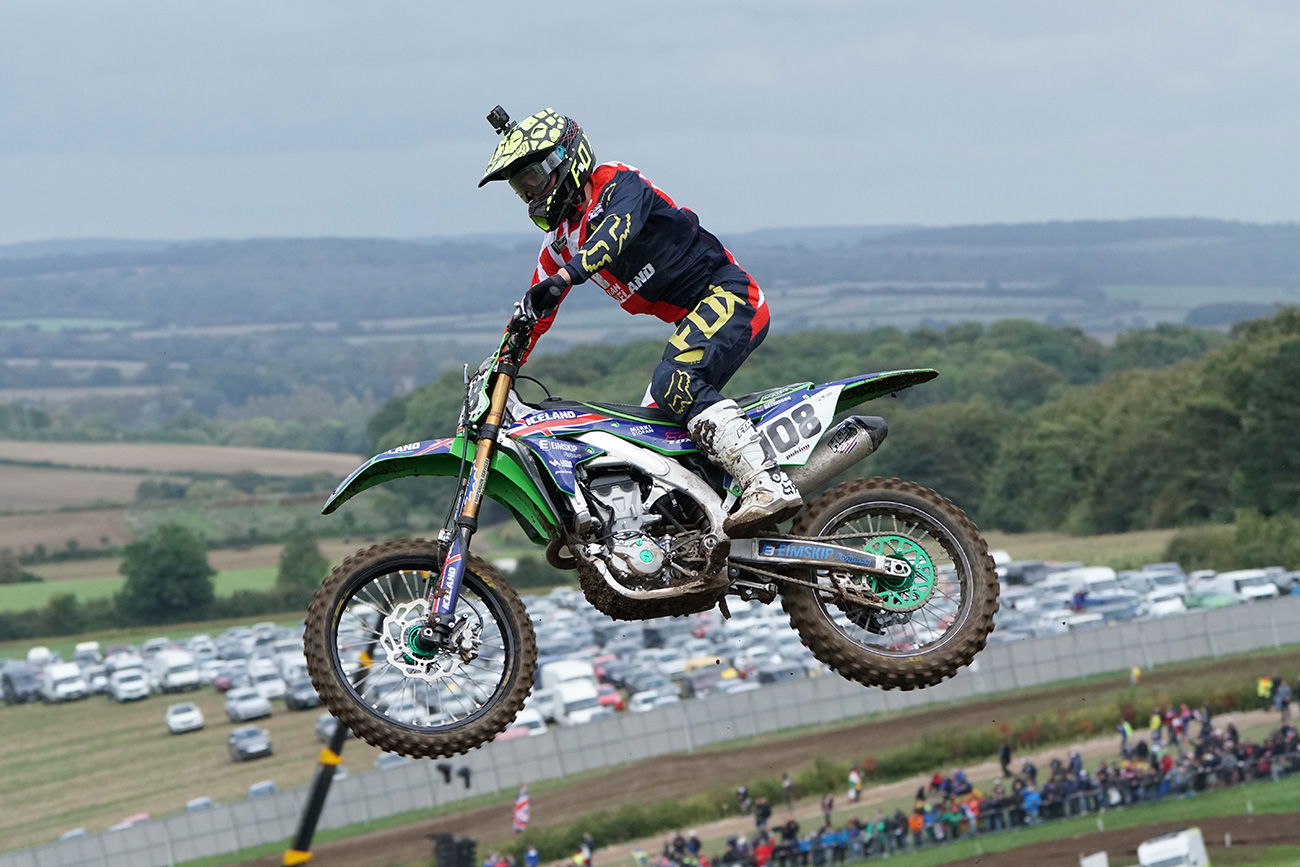
a6500 @ 152mm | 1/1600 | f/7.1 | ISO 1250 | **Full Resolution Download: JPEG | RAW

a6500 @ 400mm | 1/1000 | f/5.6 | ISO 400 | *Full Resolution Download: JPEG | RAW
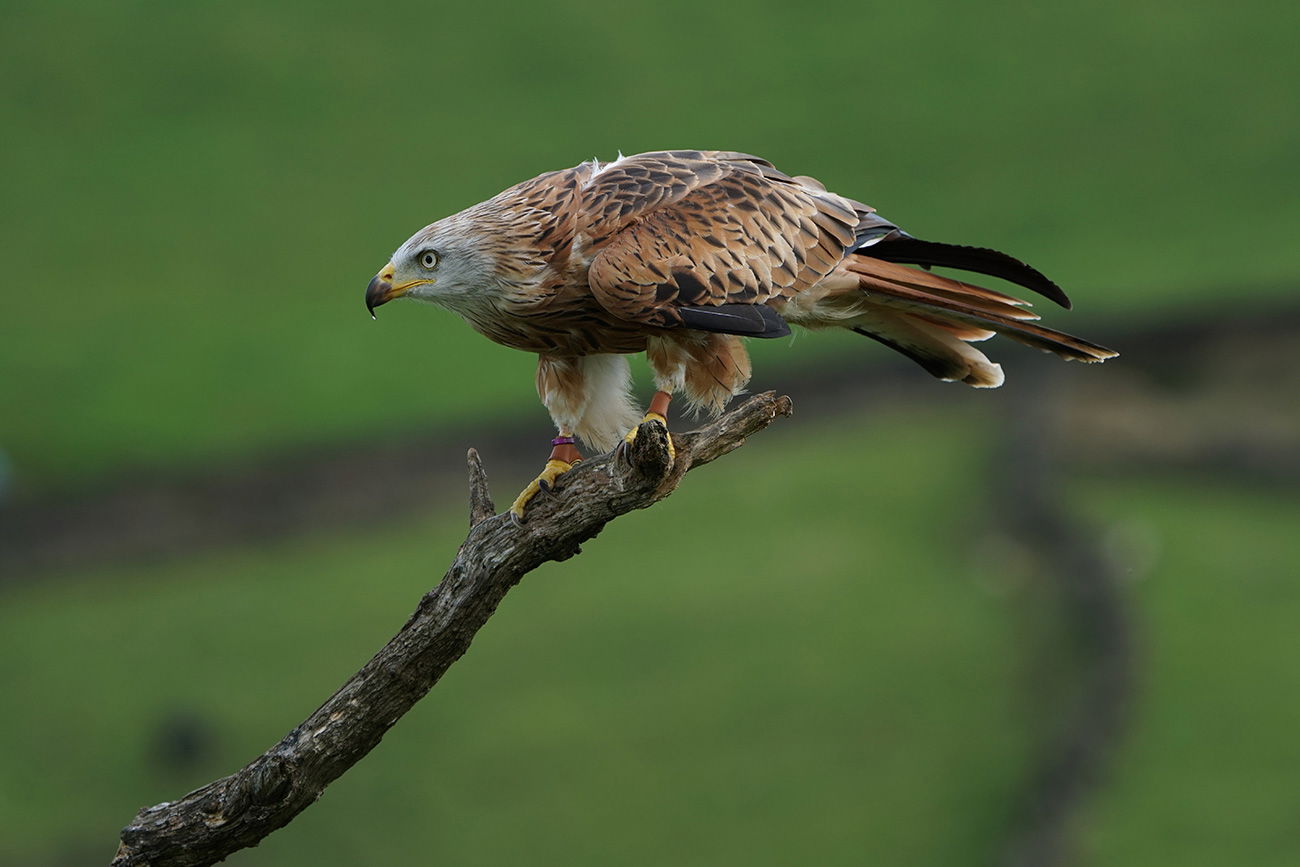
a6500 @ 259mm | 1/800 | f/5.6 | ISO 400 | *Full Resolution Download: JPEG | RAW
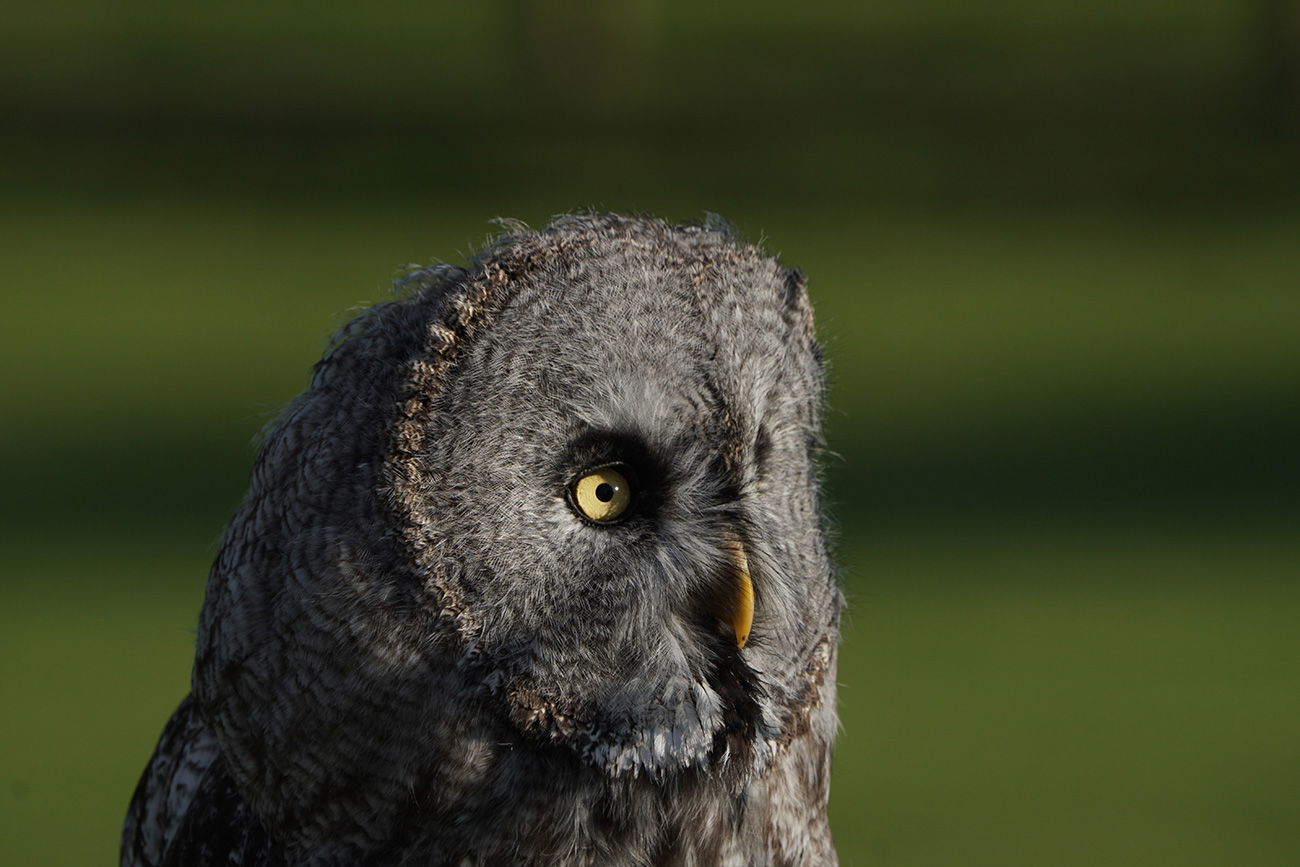
a6500 @ 400mm | 1/500 | f/10 | ISO 200 | *Full Resolution Download: JPEG | RAW


Hello alphashooters!
I was very pleased reading your review on the FE 100-400mm G master lens as i am looking around to get a telephoto zoom for my Sony A7R4 .
I wanted to know, for instance, the first picture of the Kingfisher bird you took, were you on a tripod? Or is this lens sooo good with the OSS system that hand-held is pure and samy good.
Thank you for taking the time to reply!
Benoit from Canada
Hi Sam
Did you find the sweet spot of this lens ?